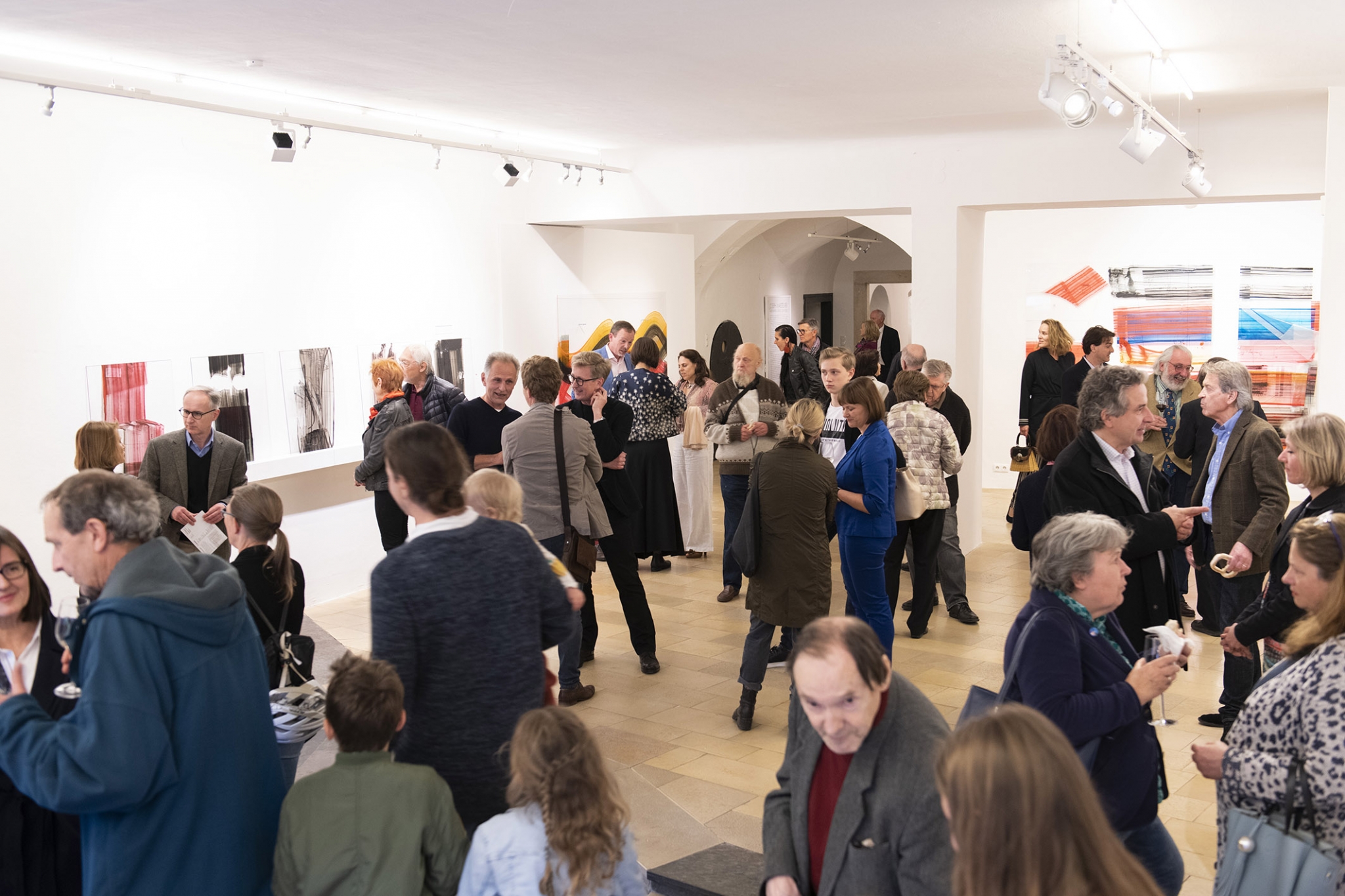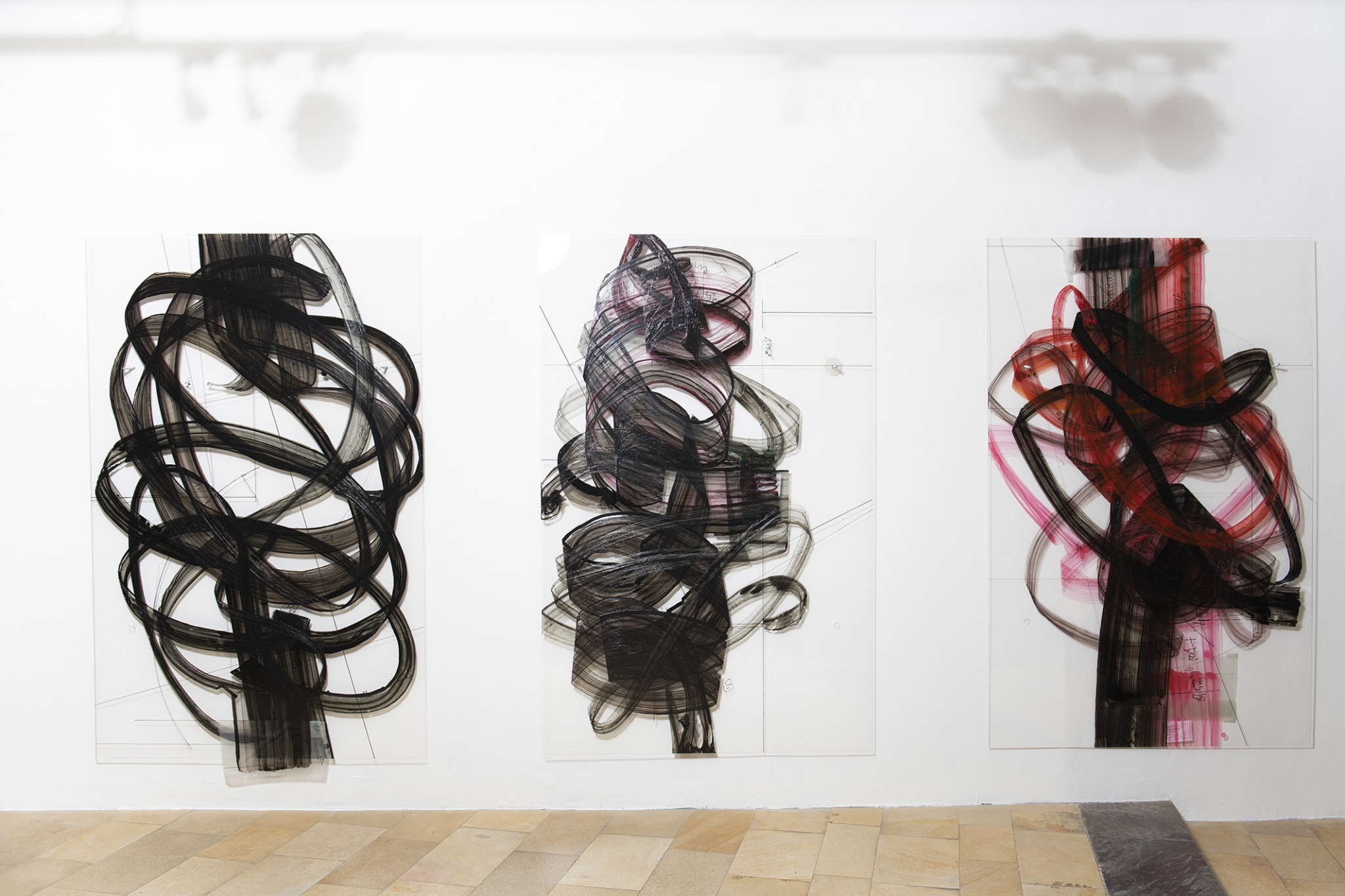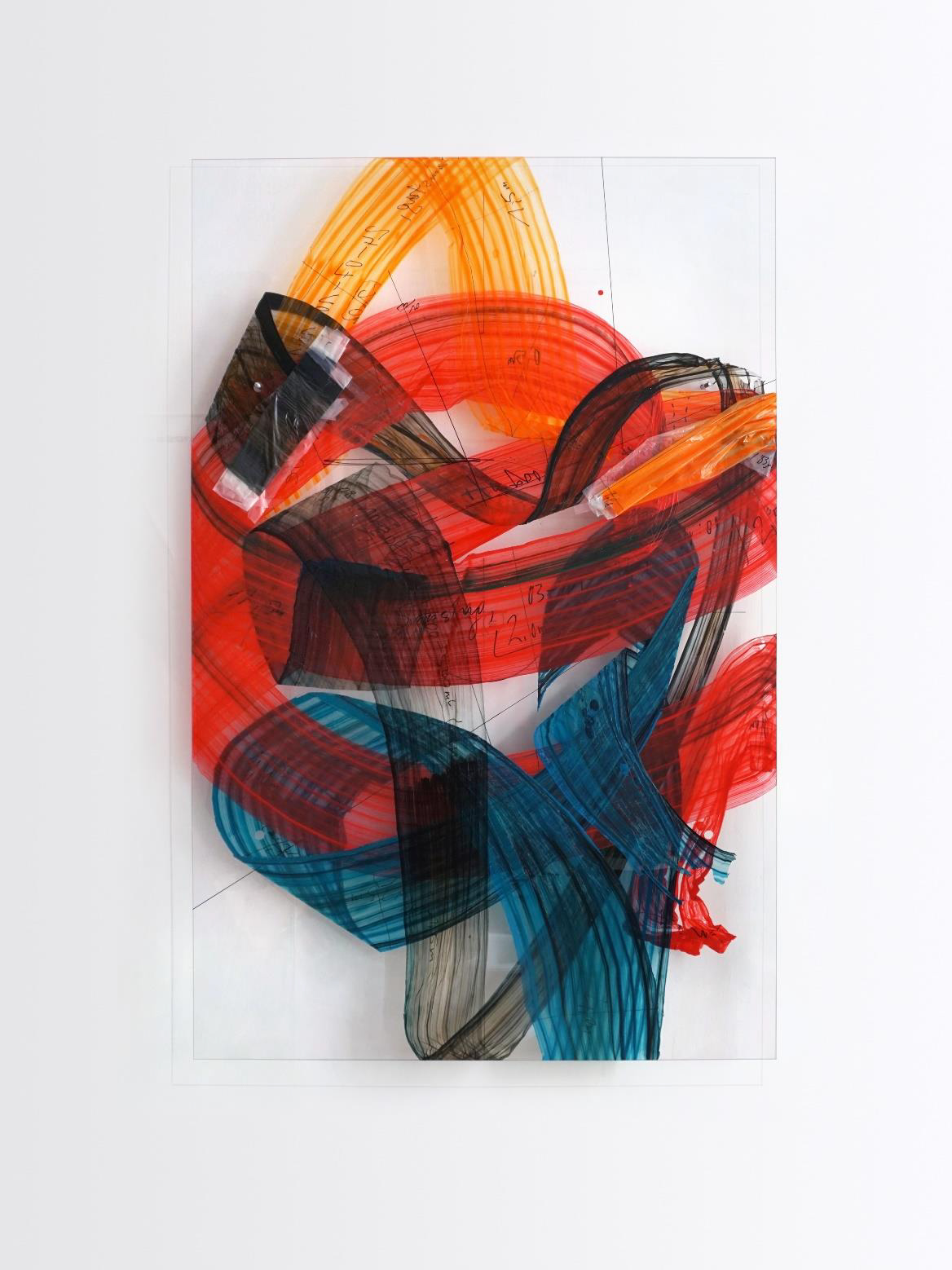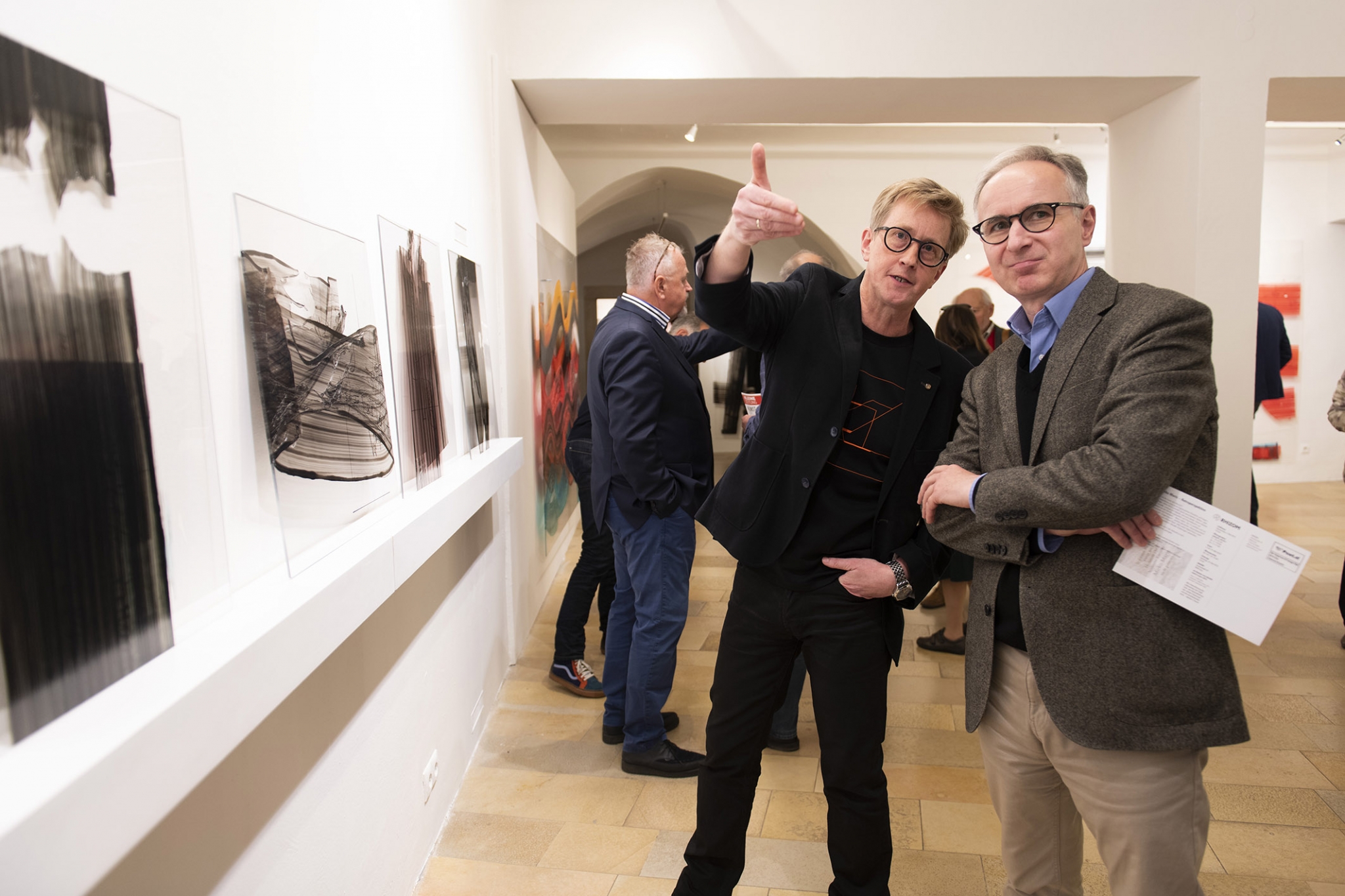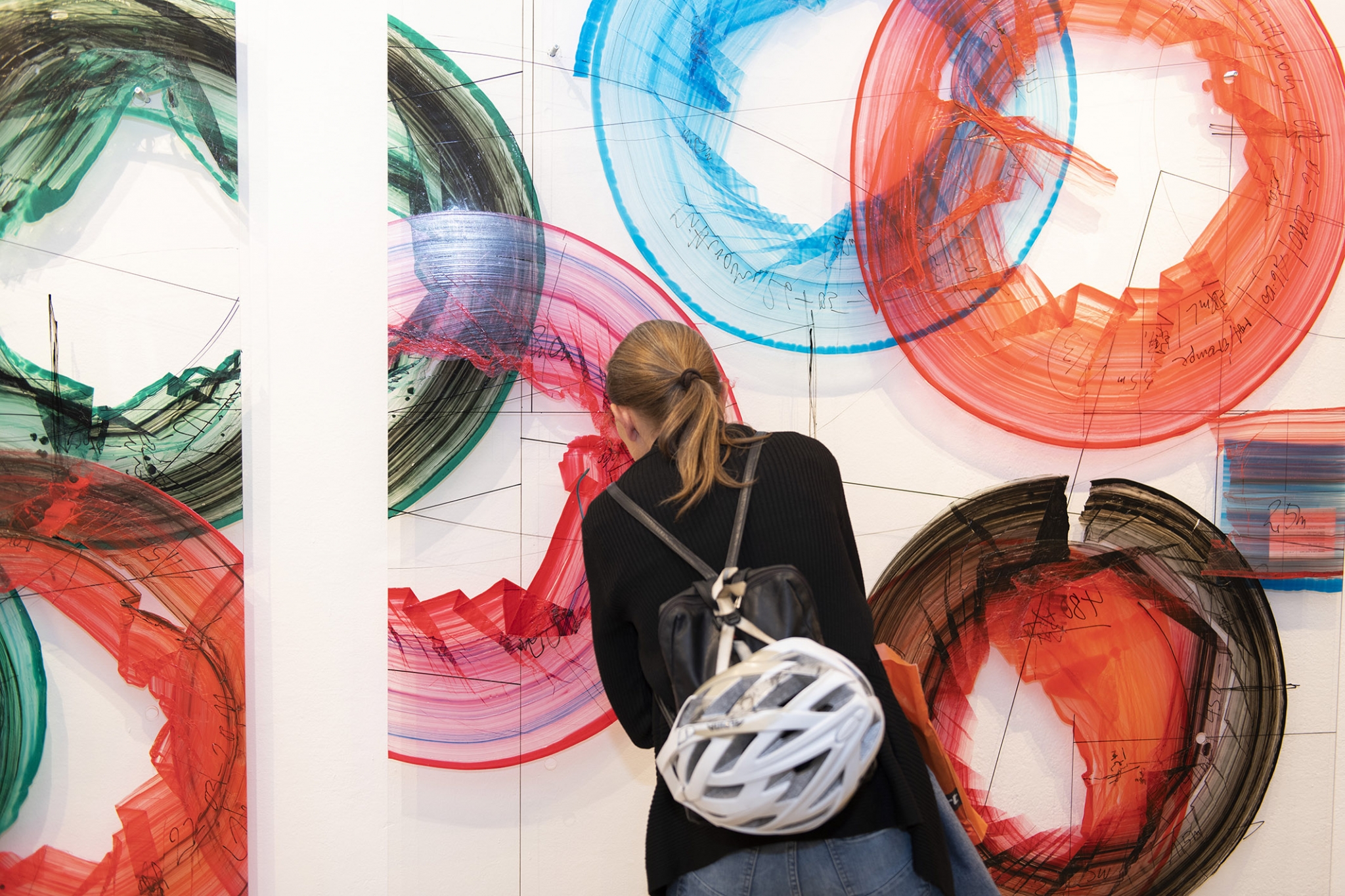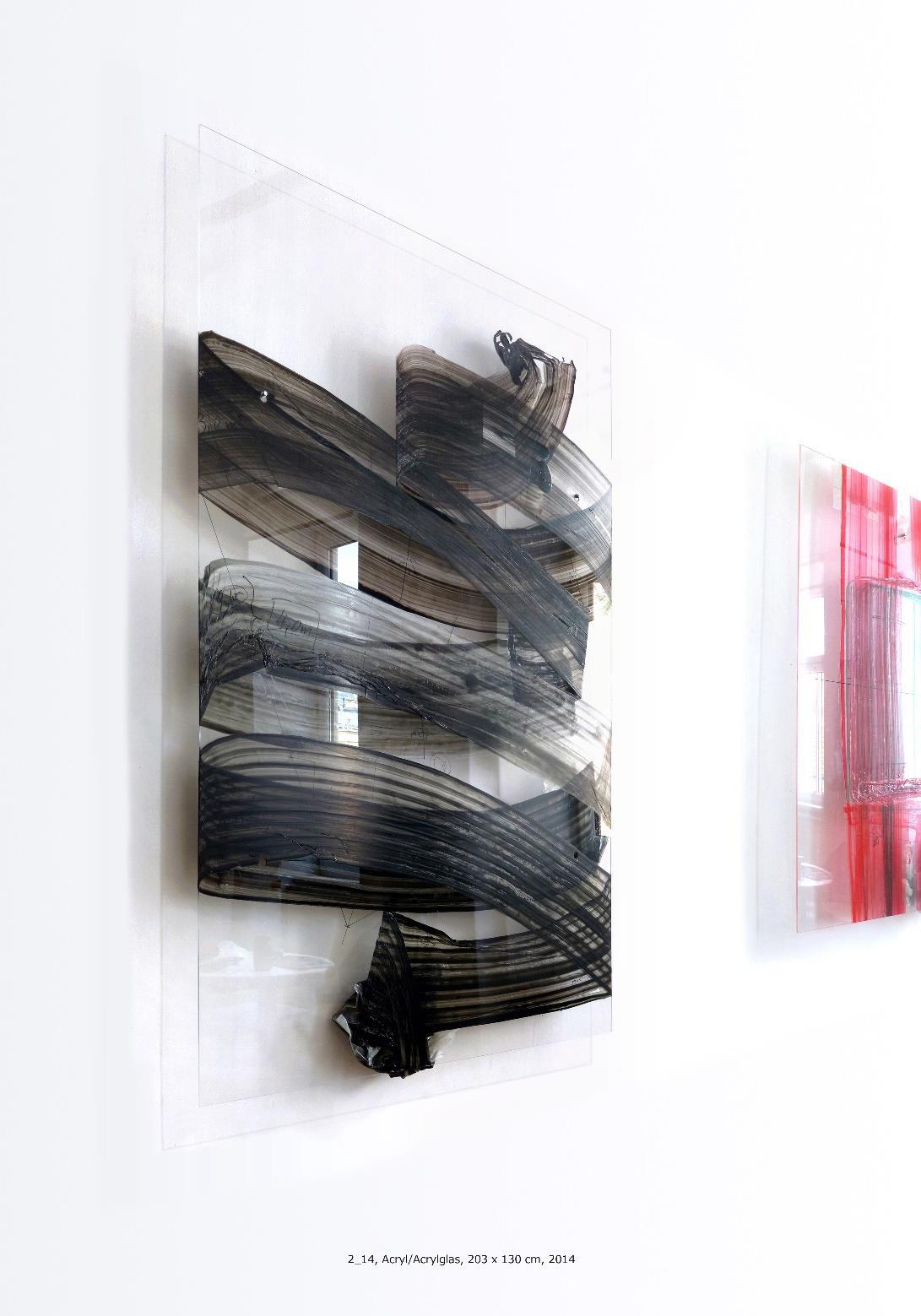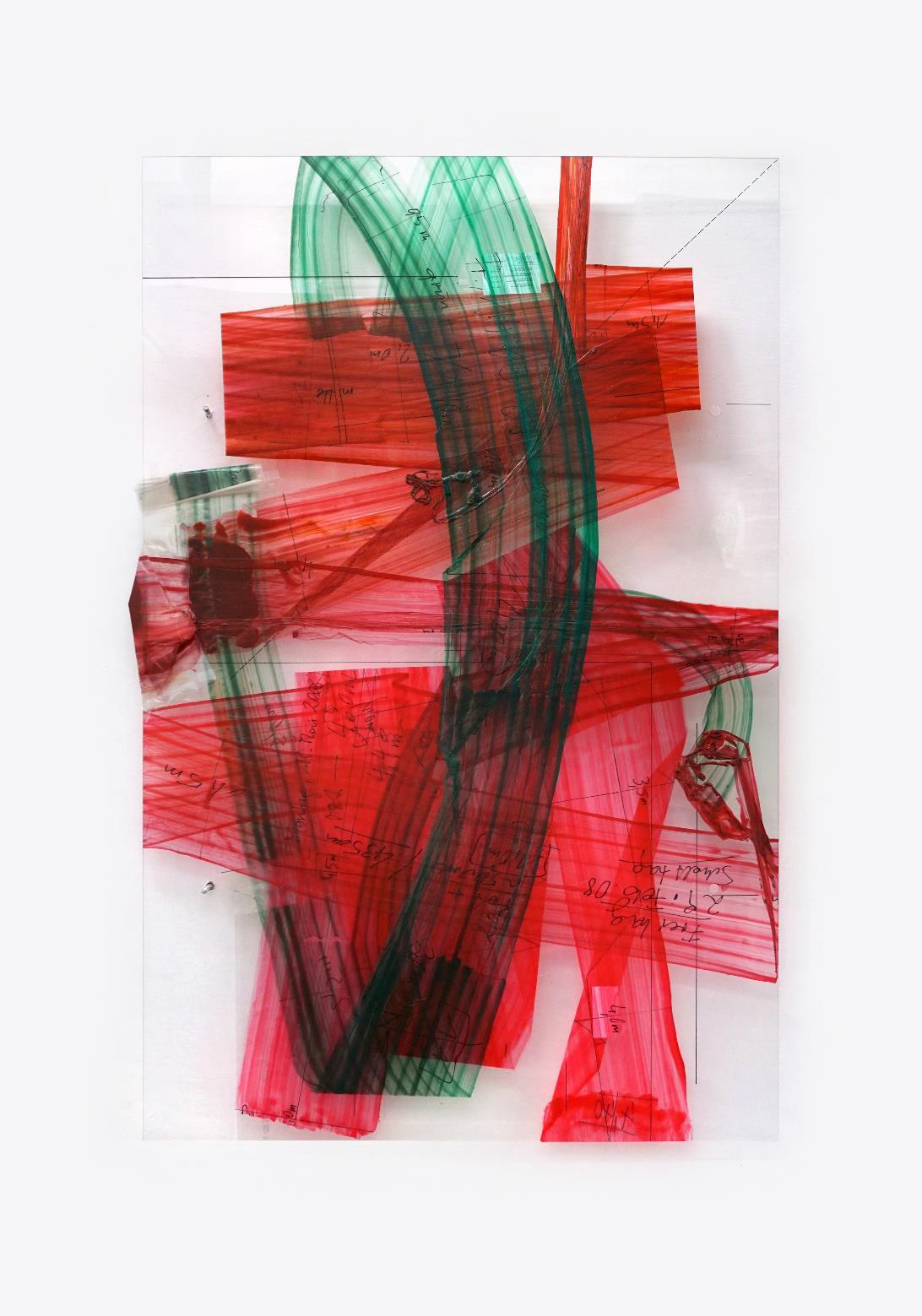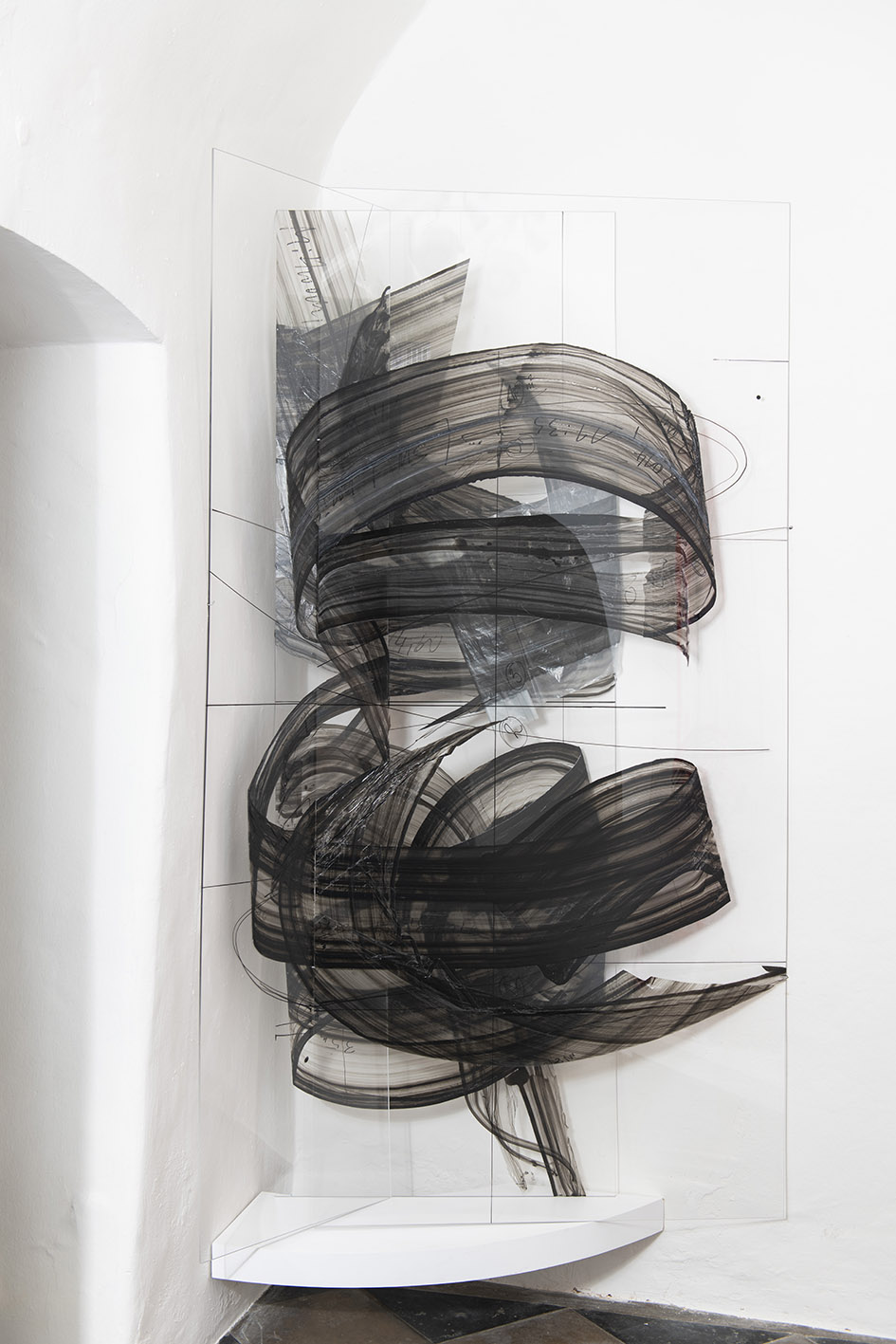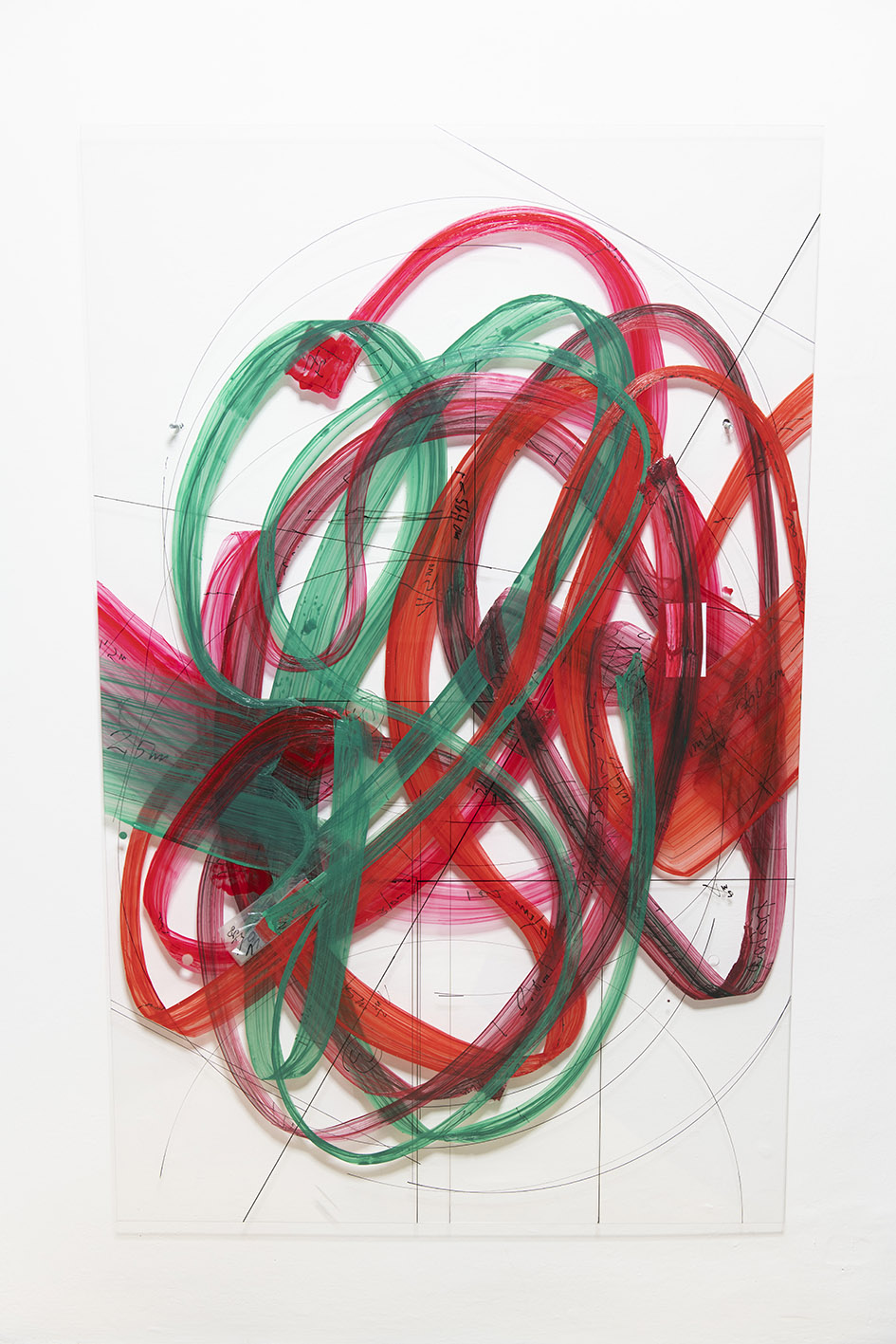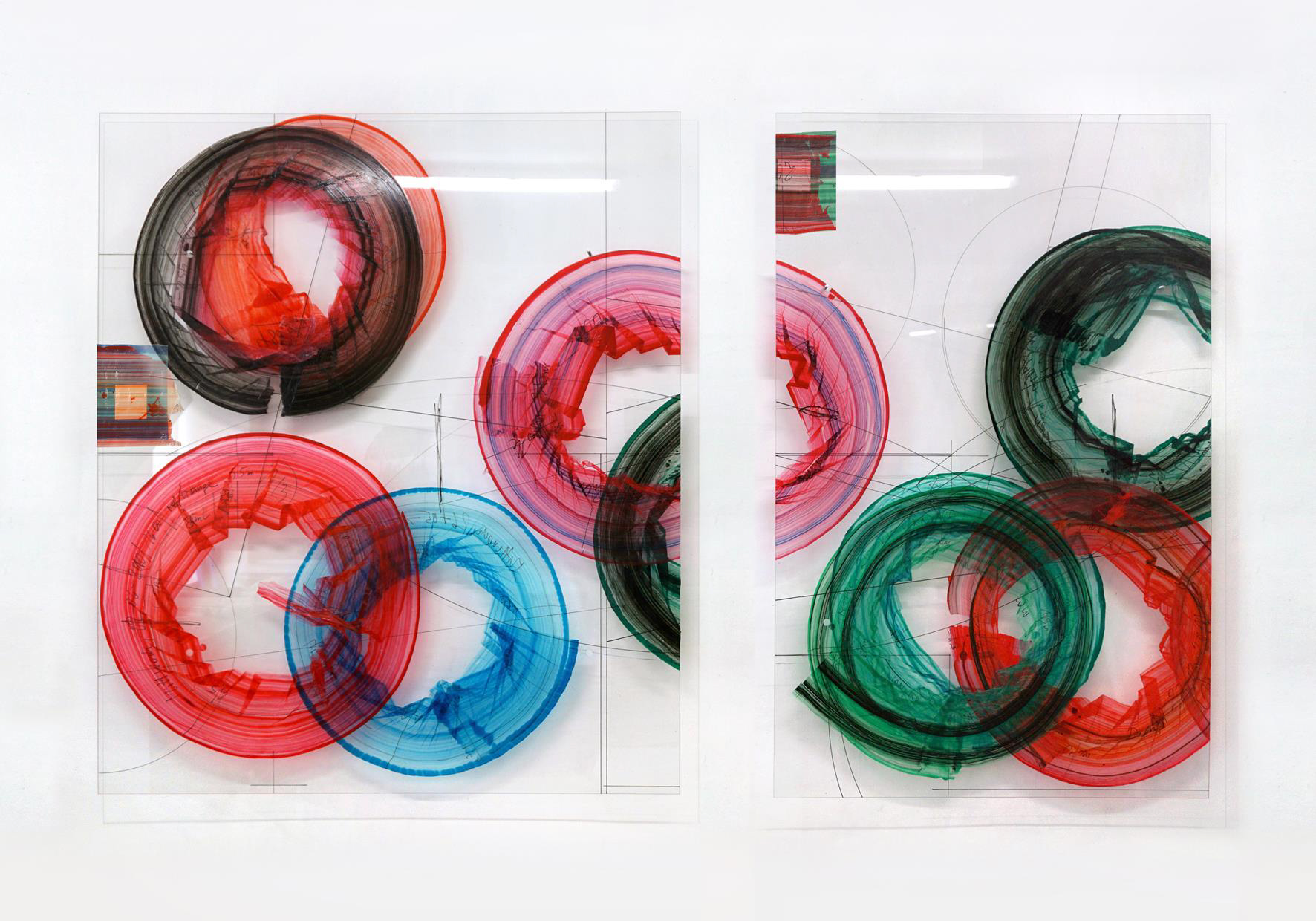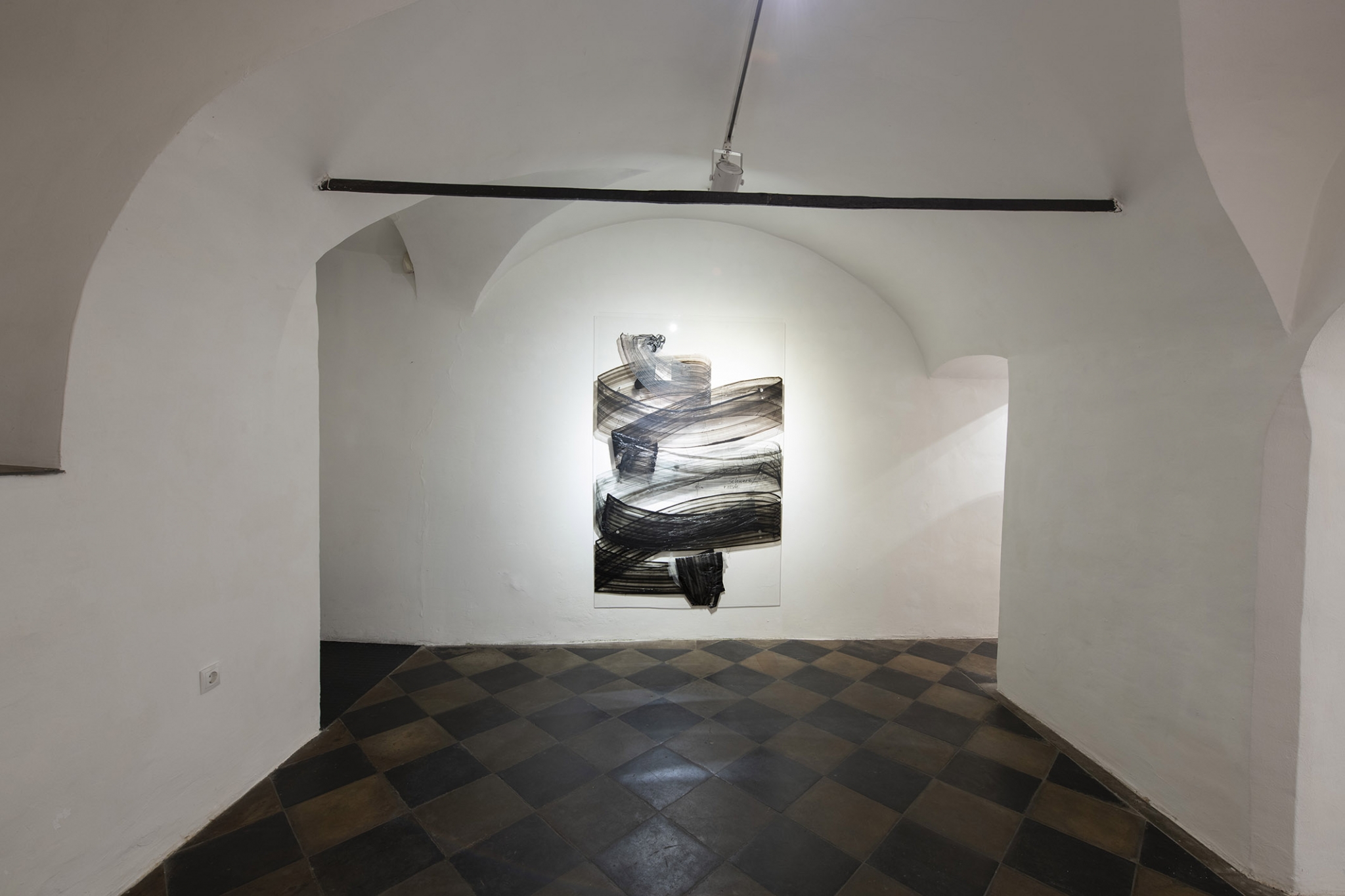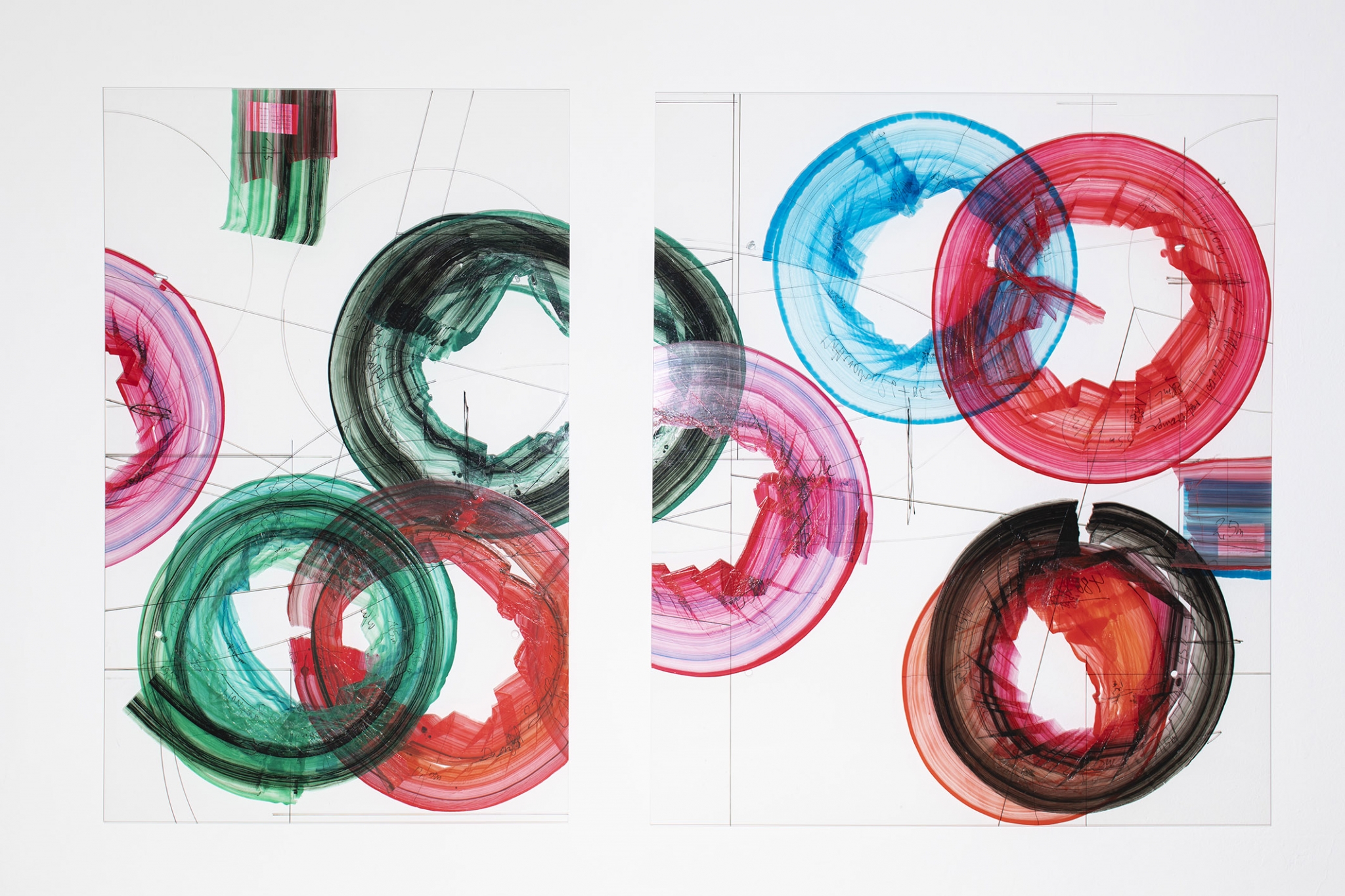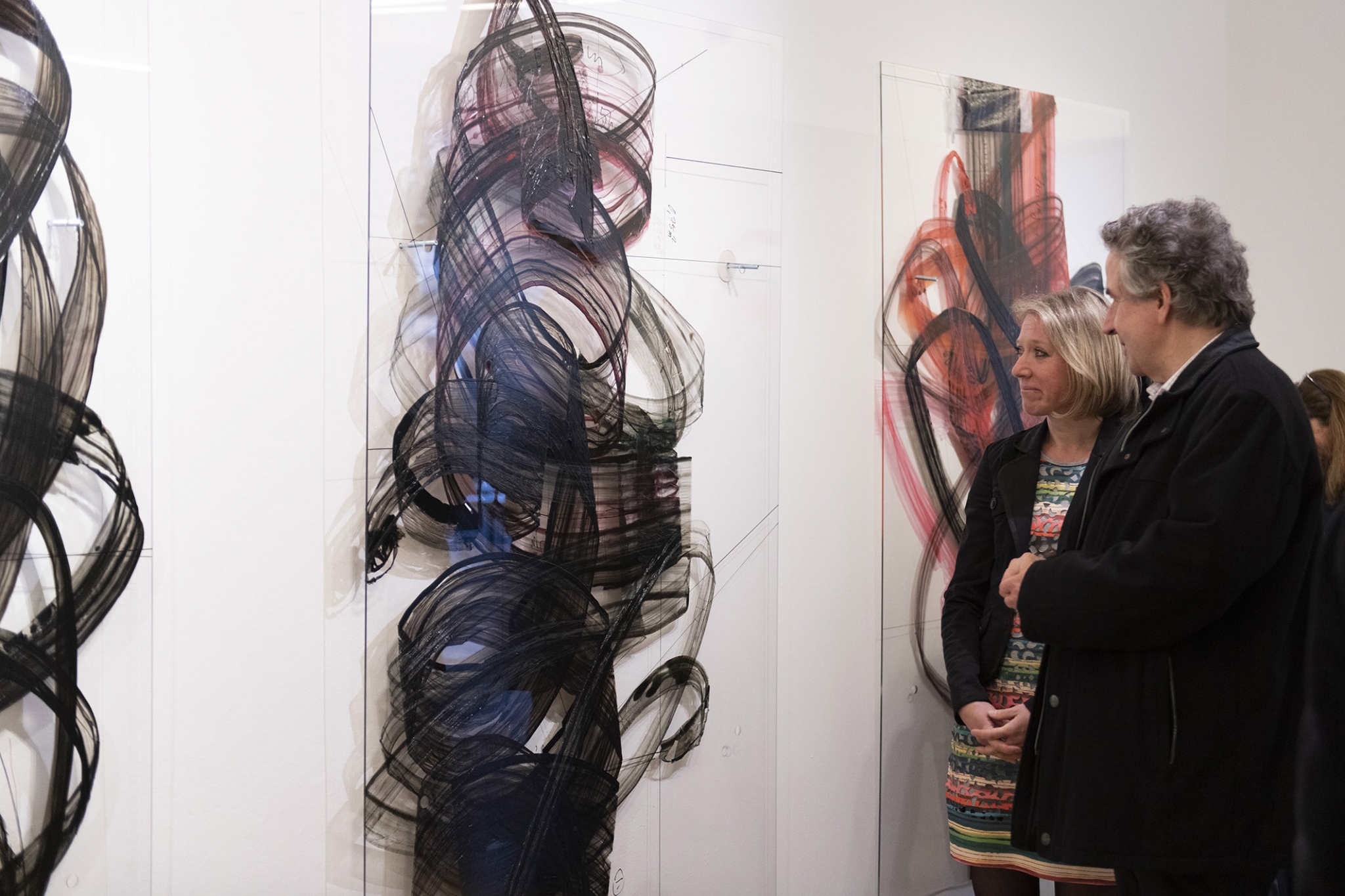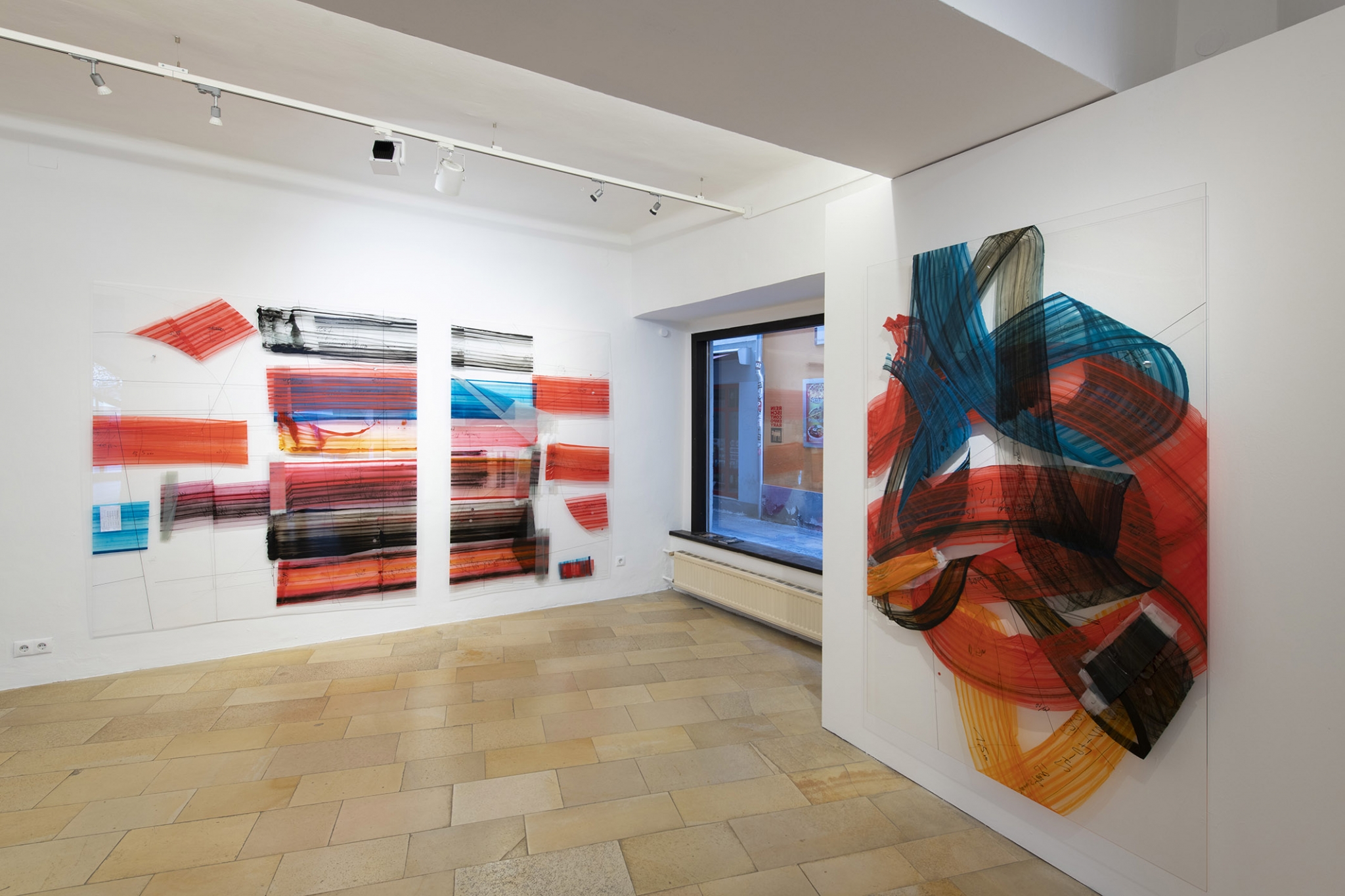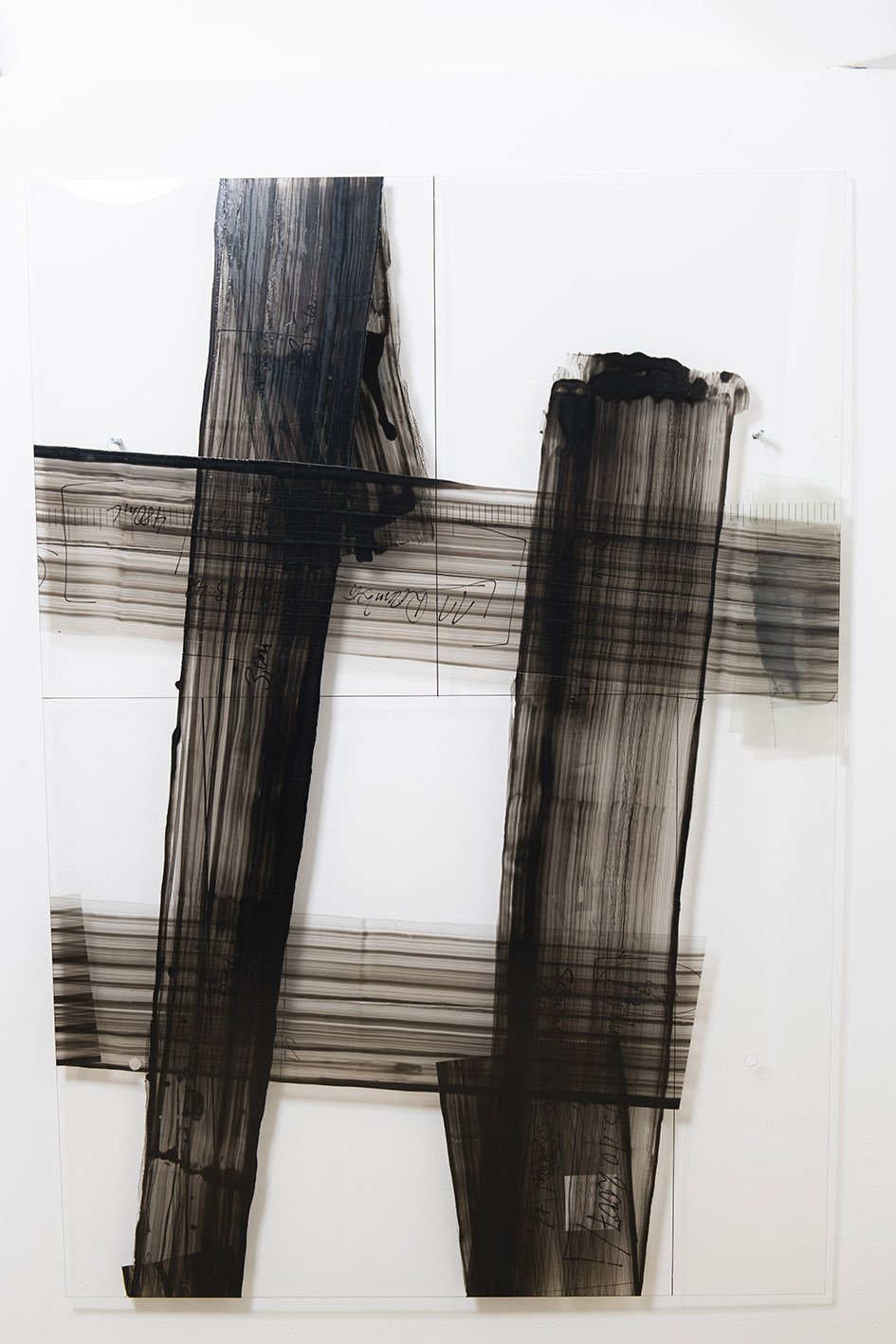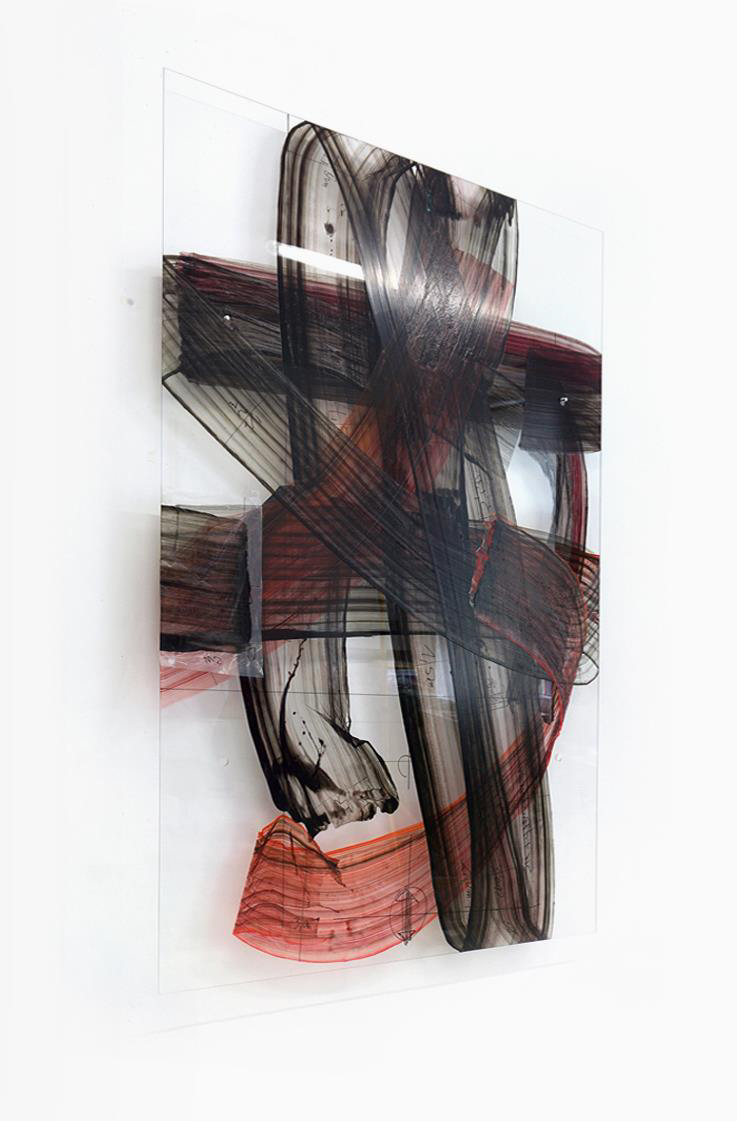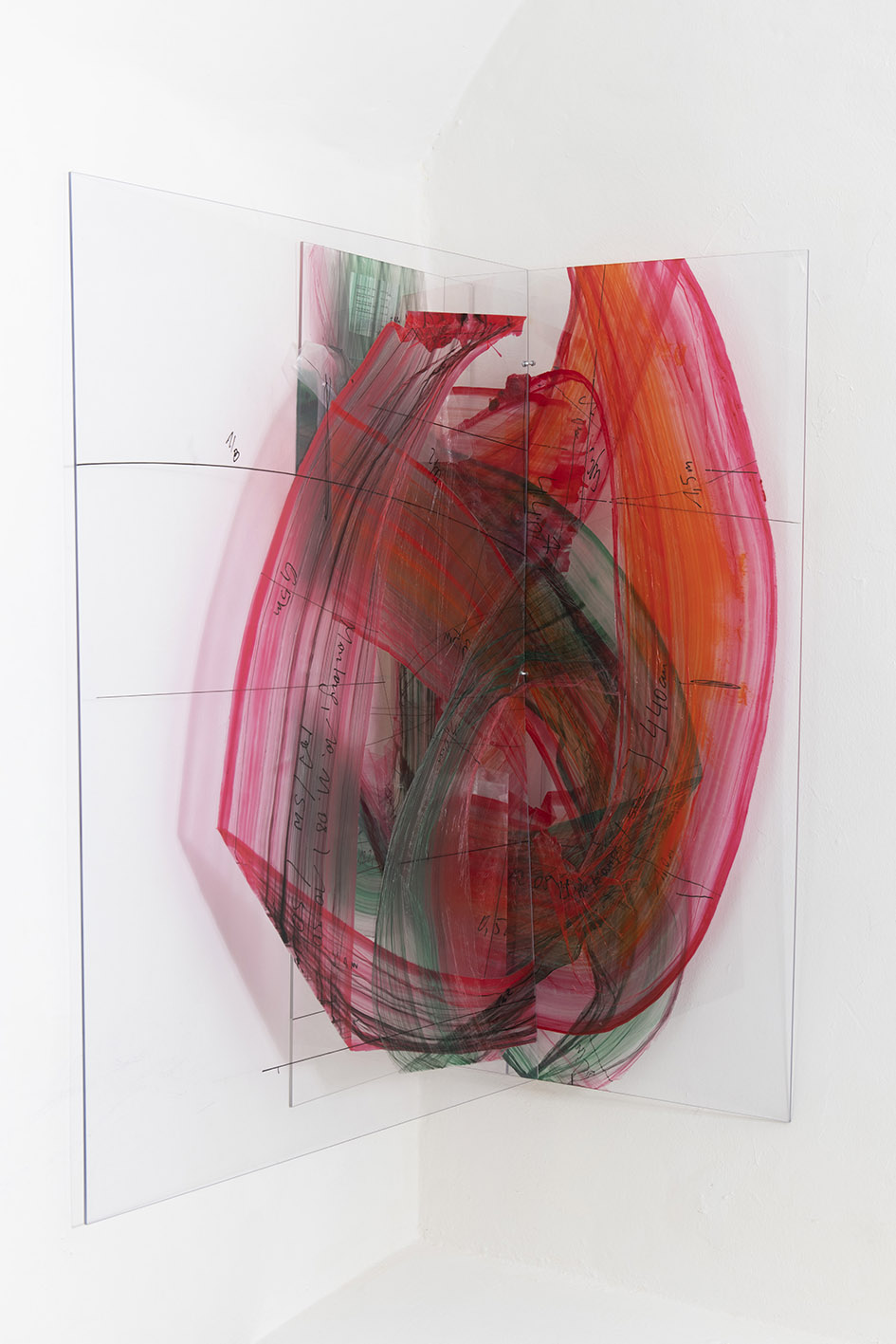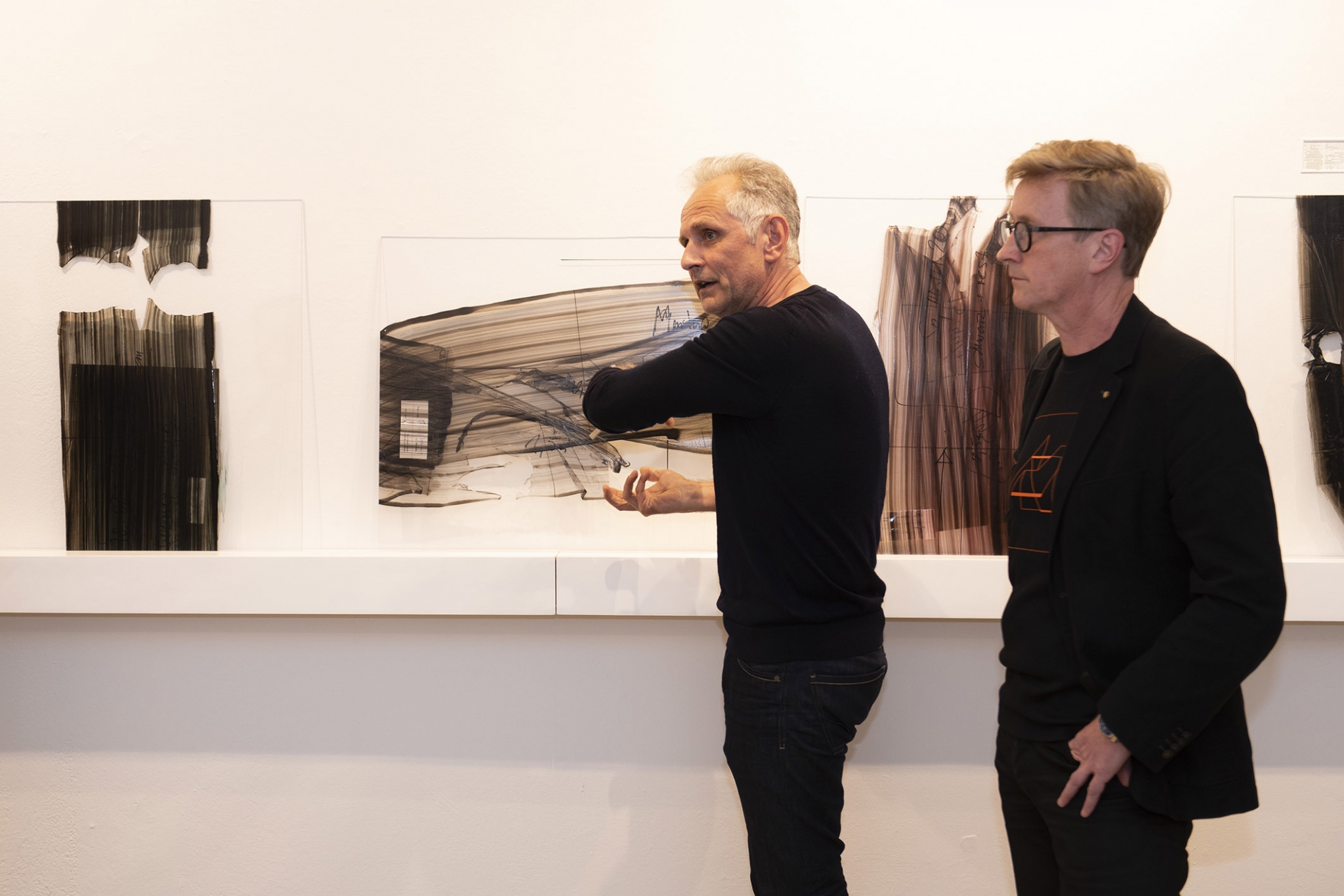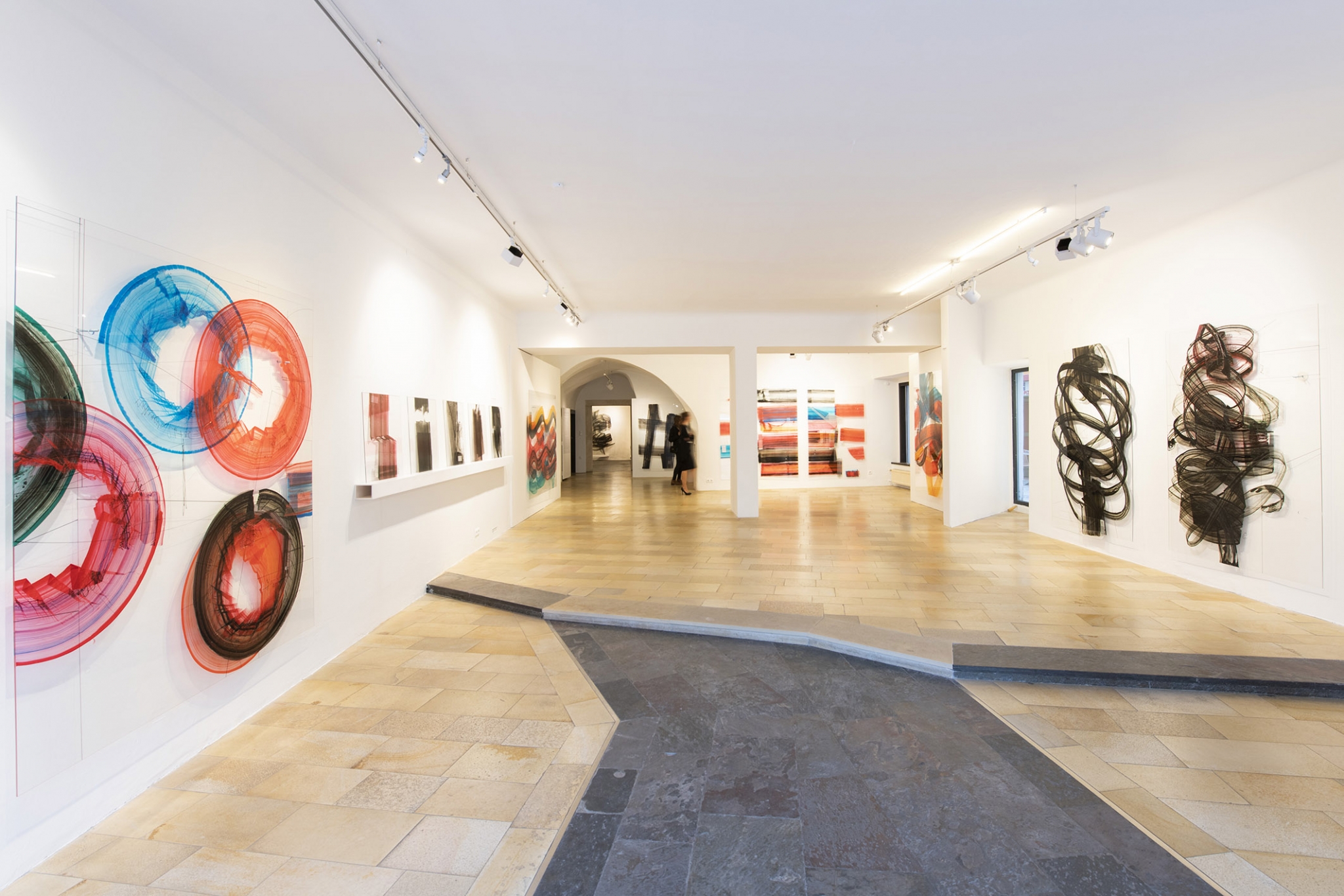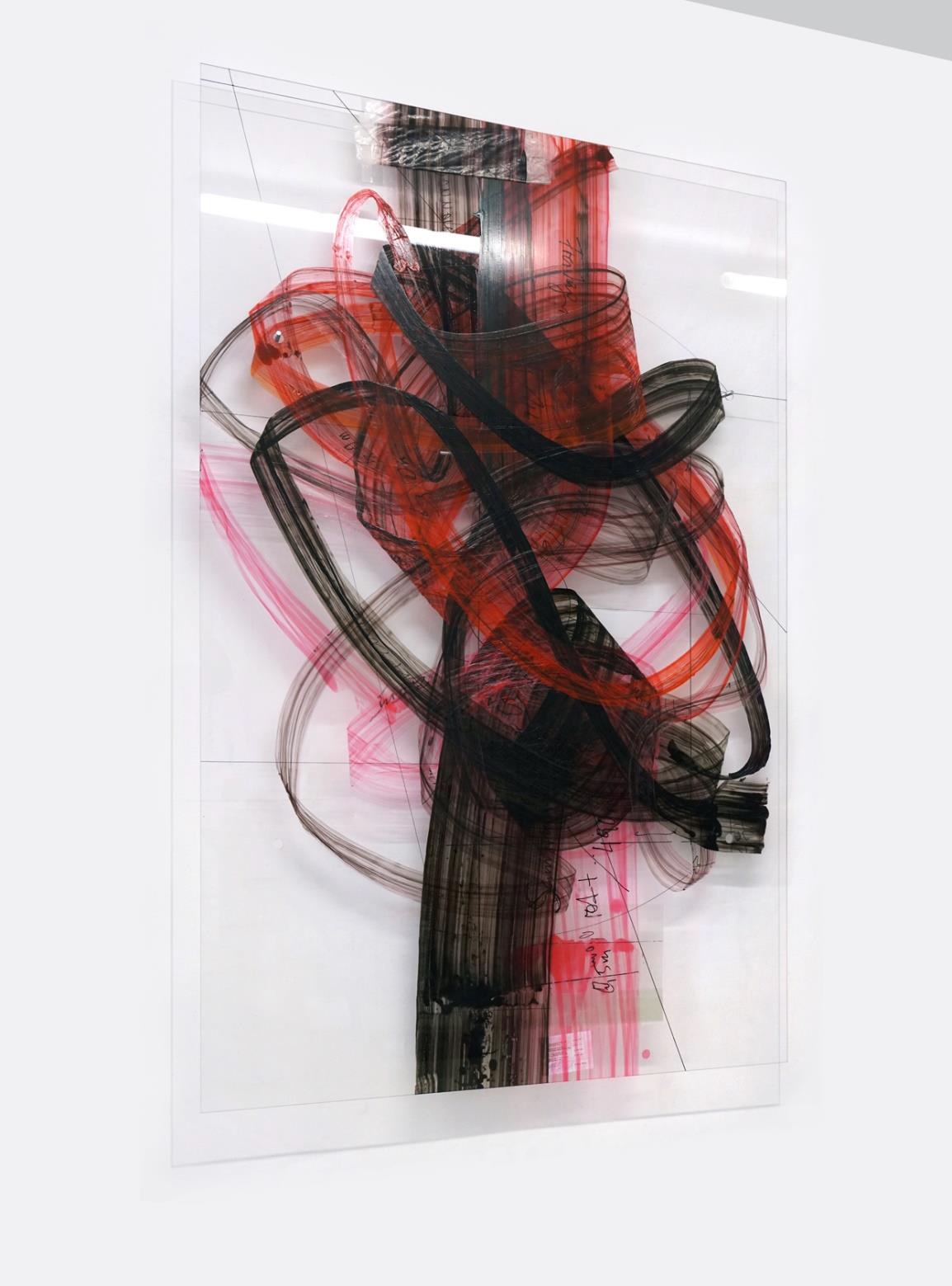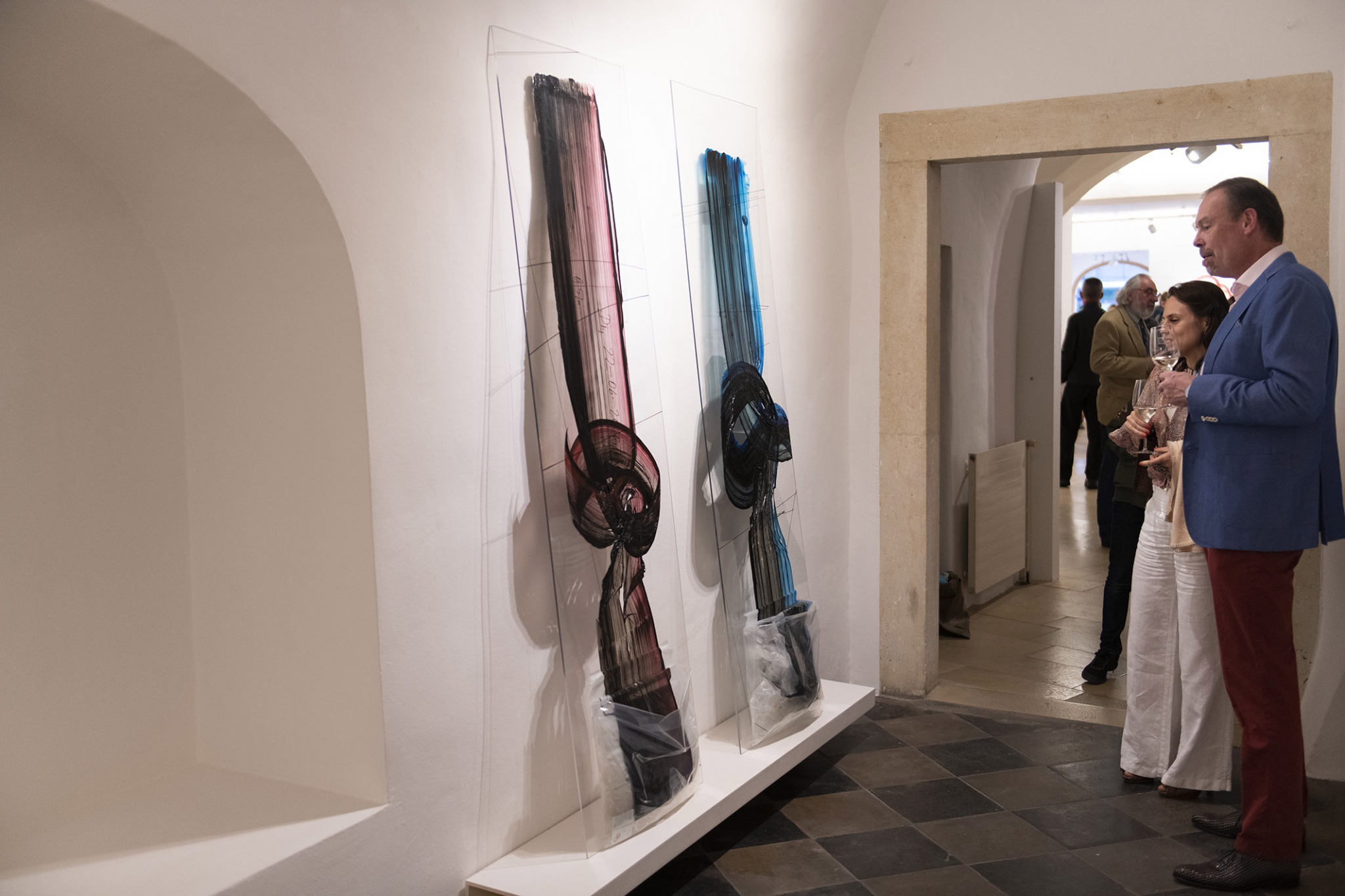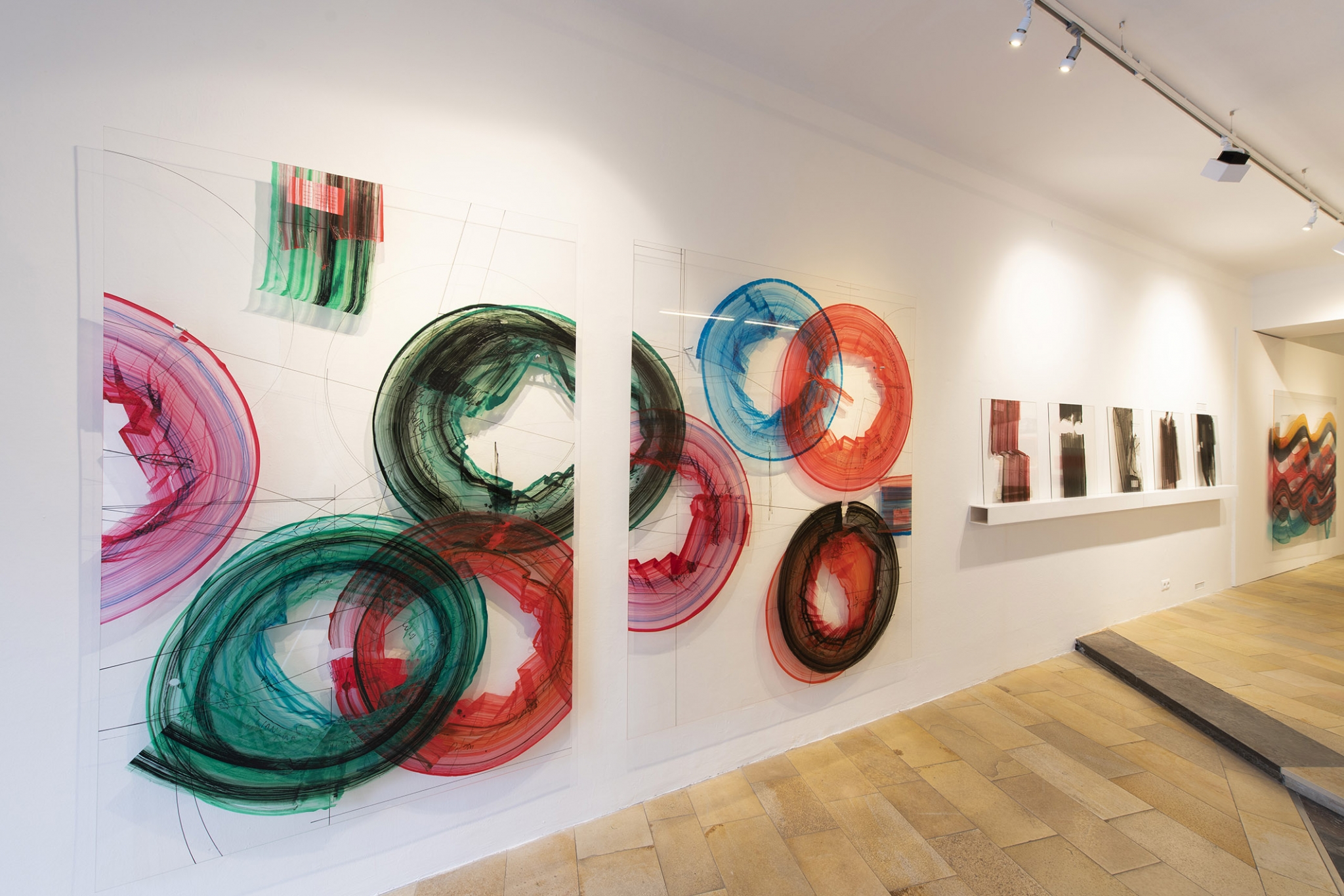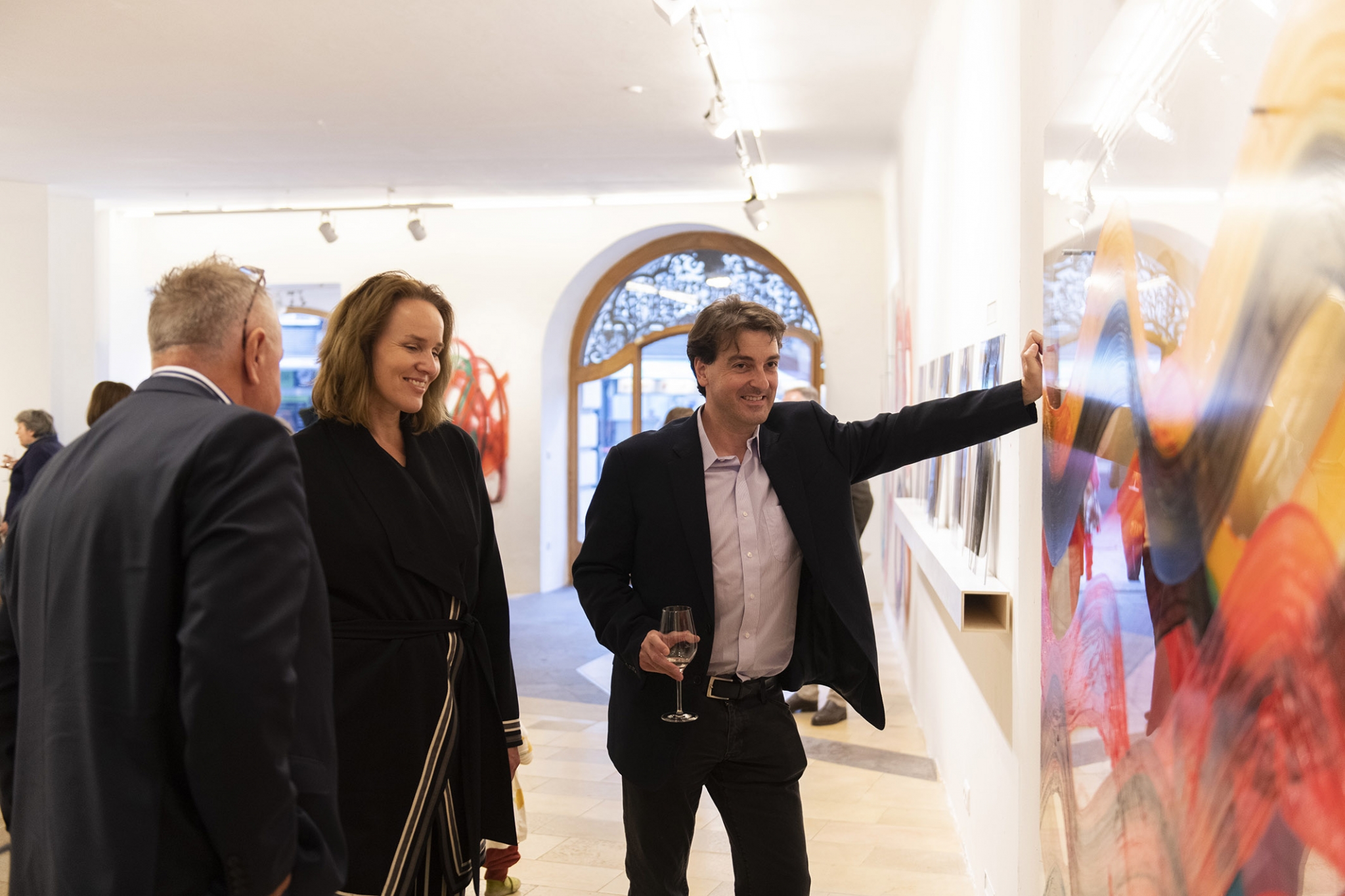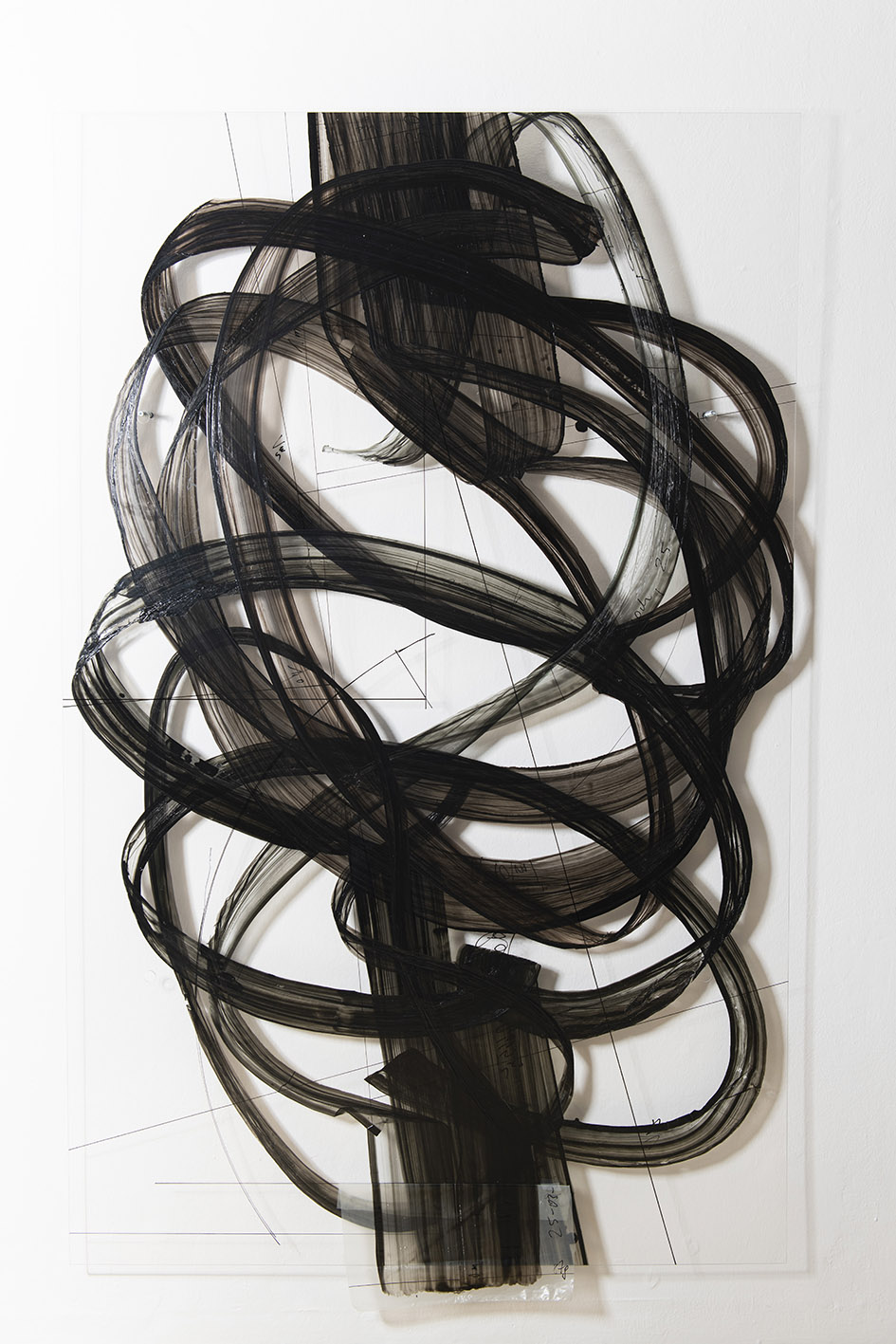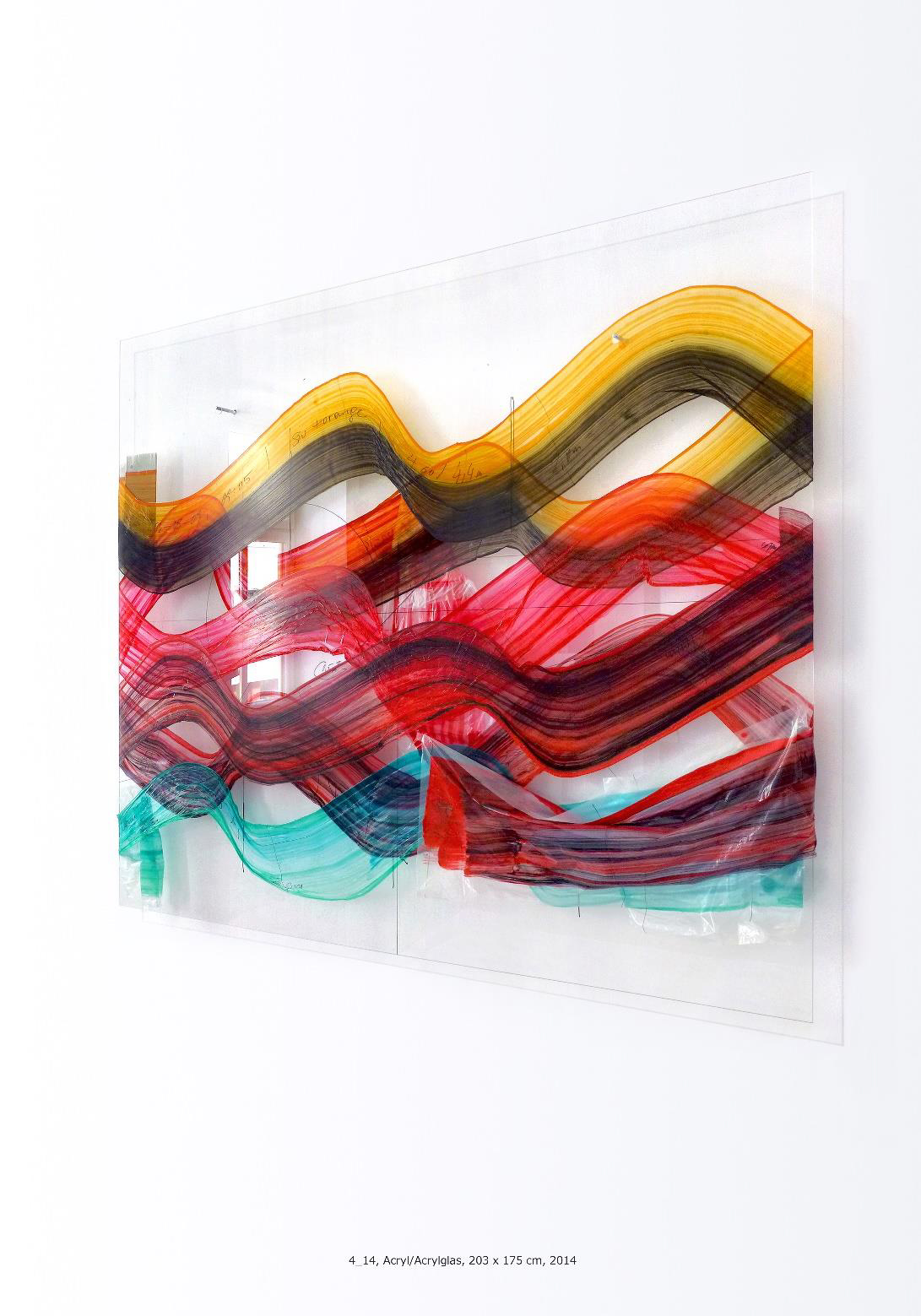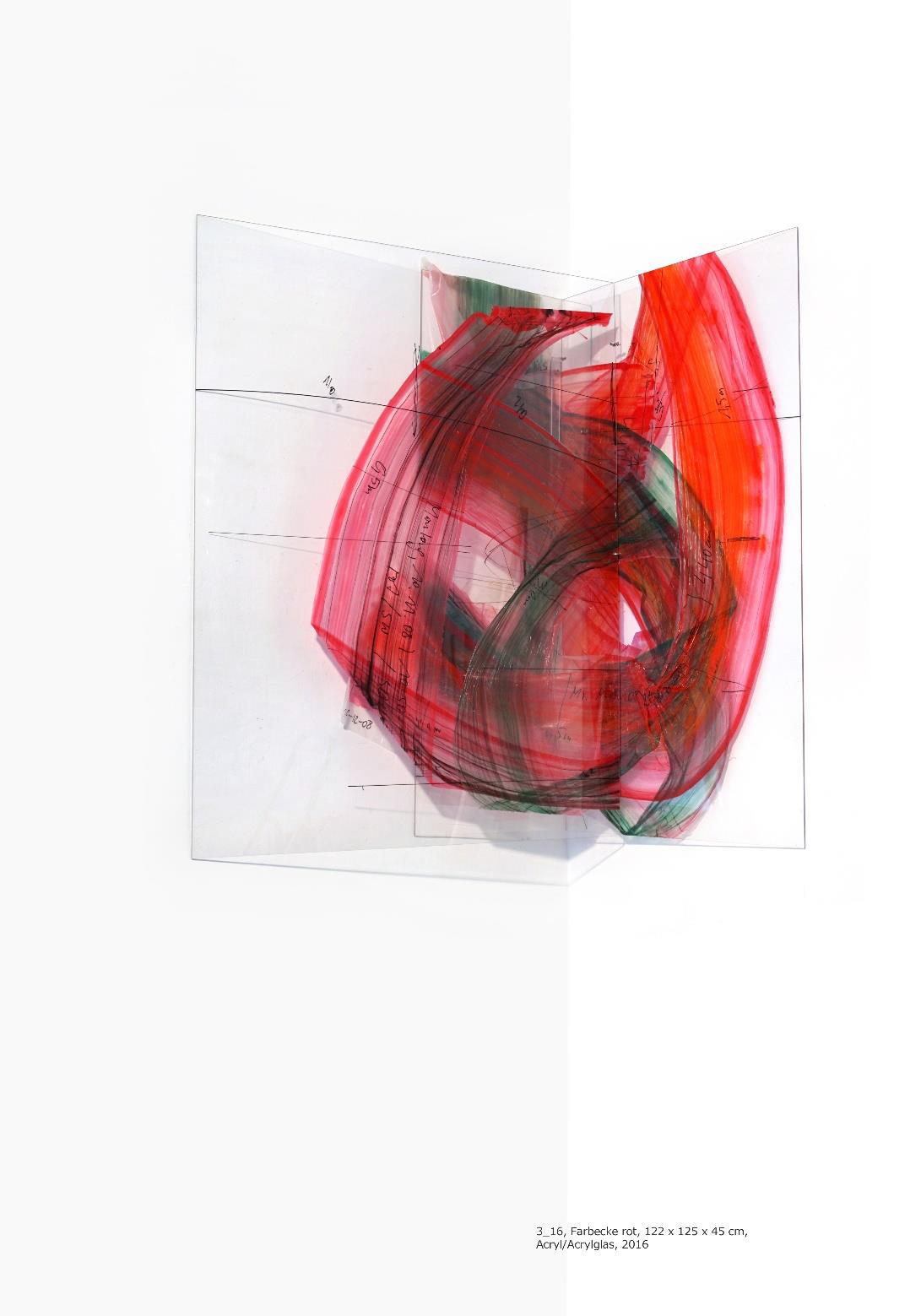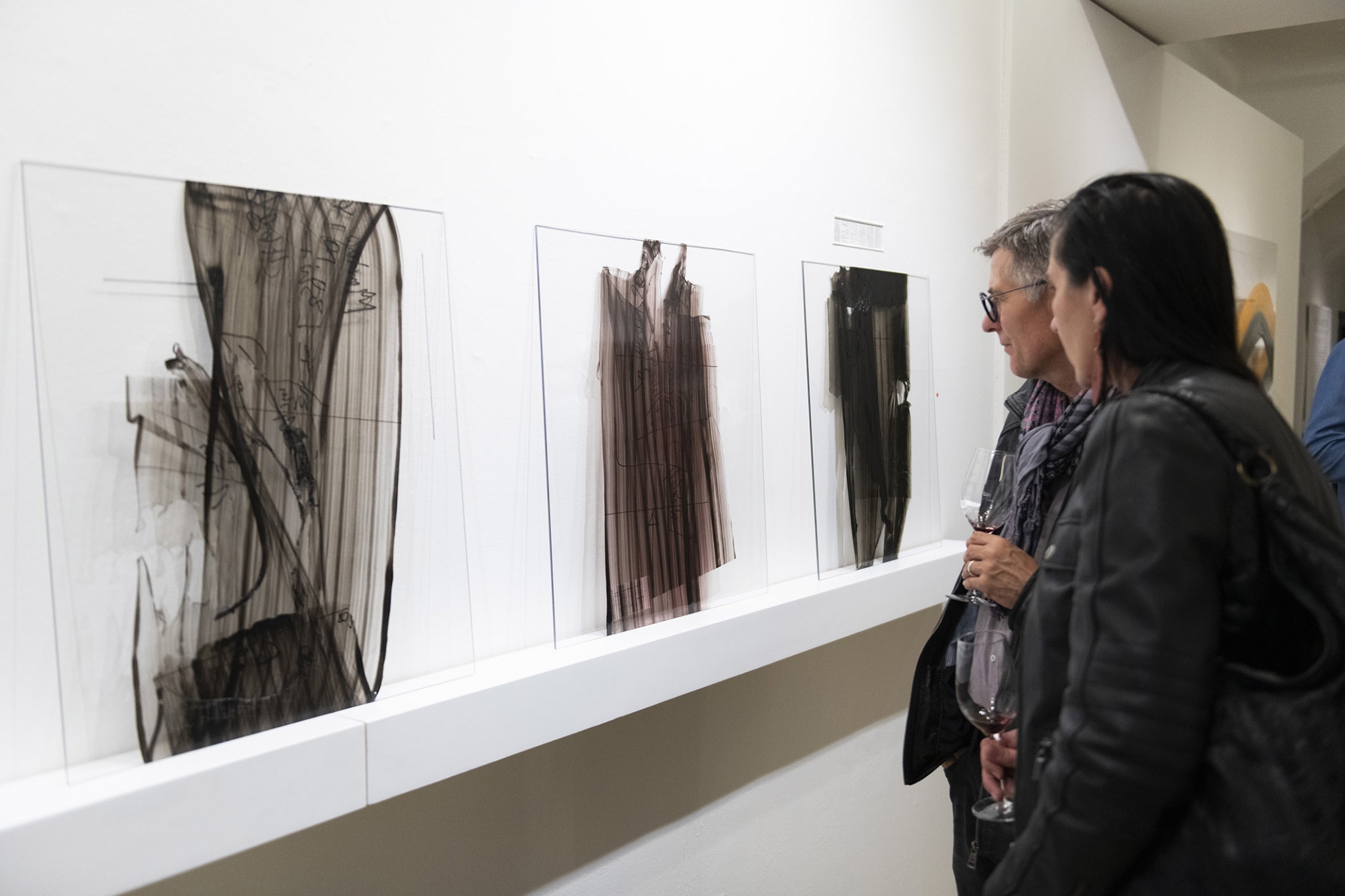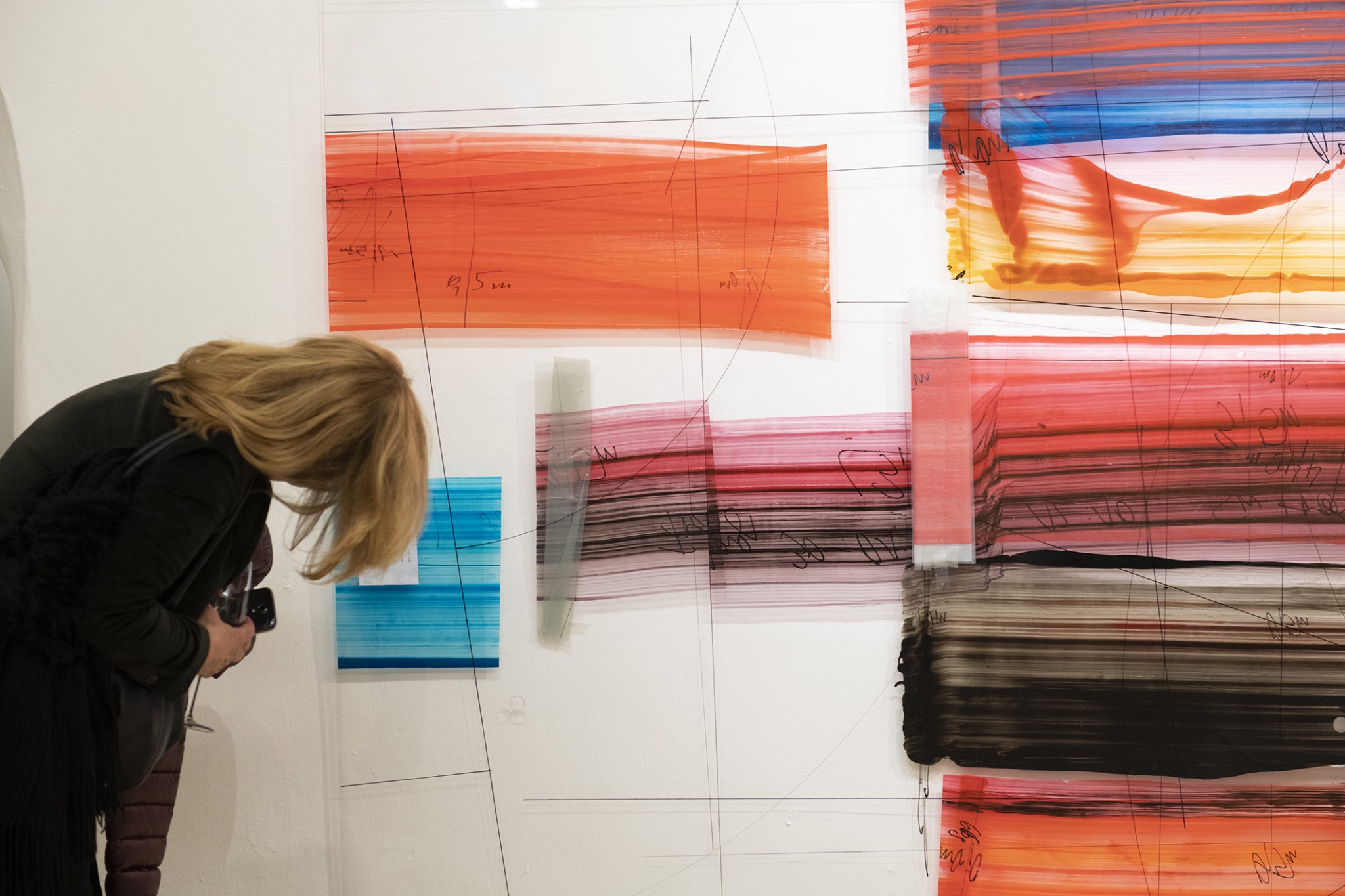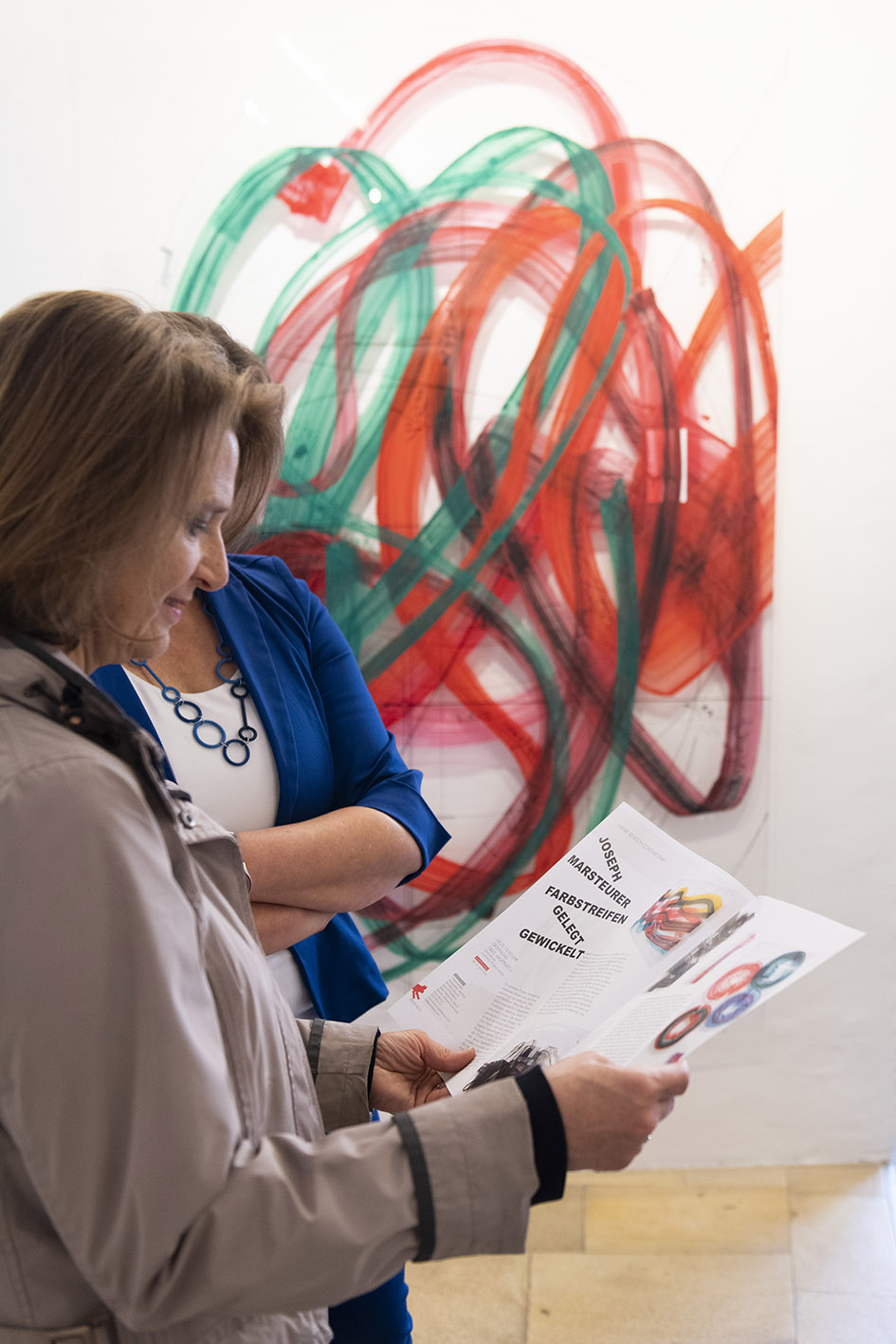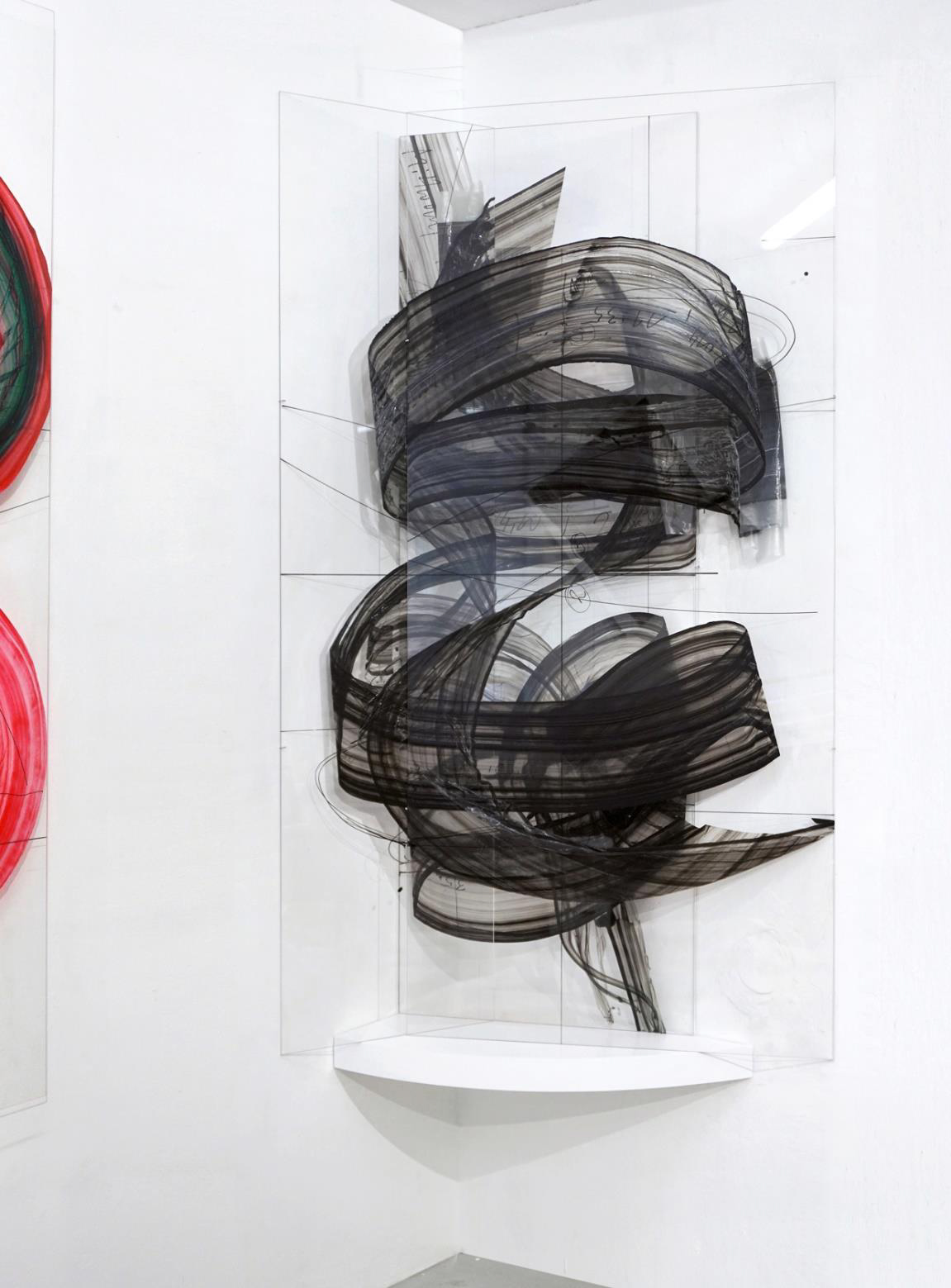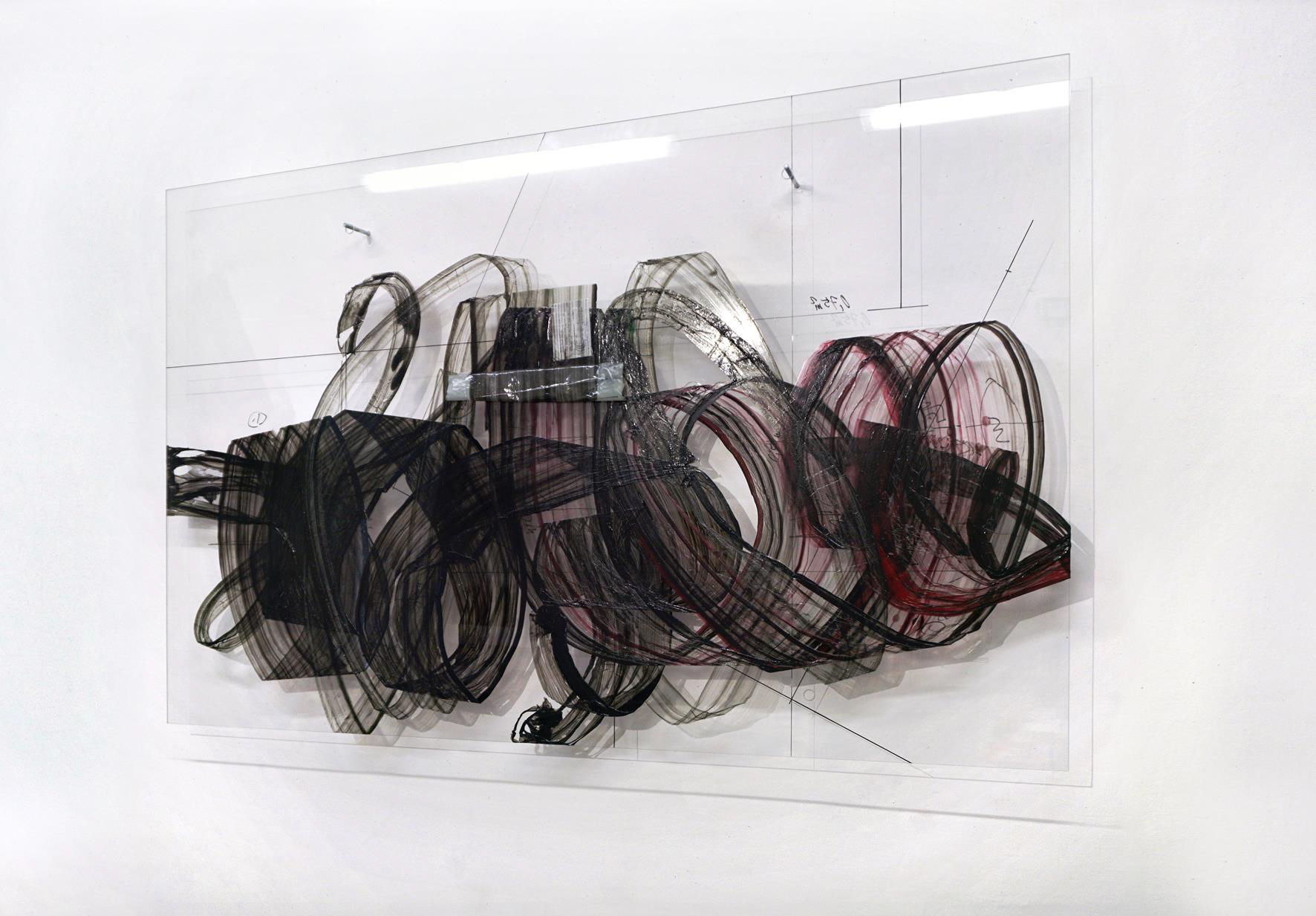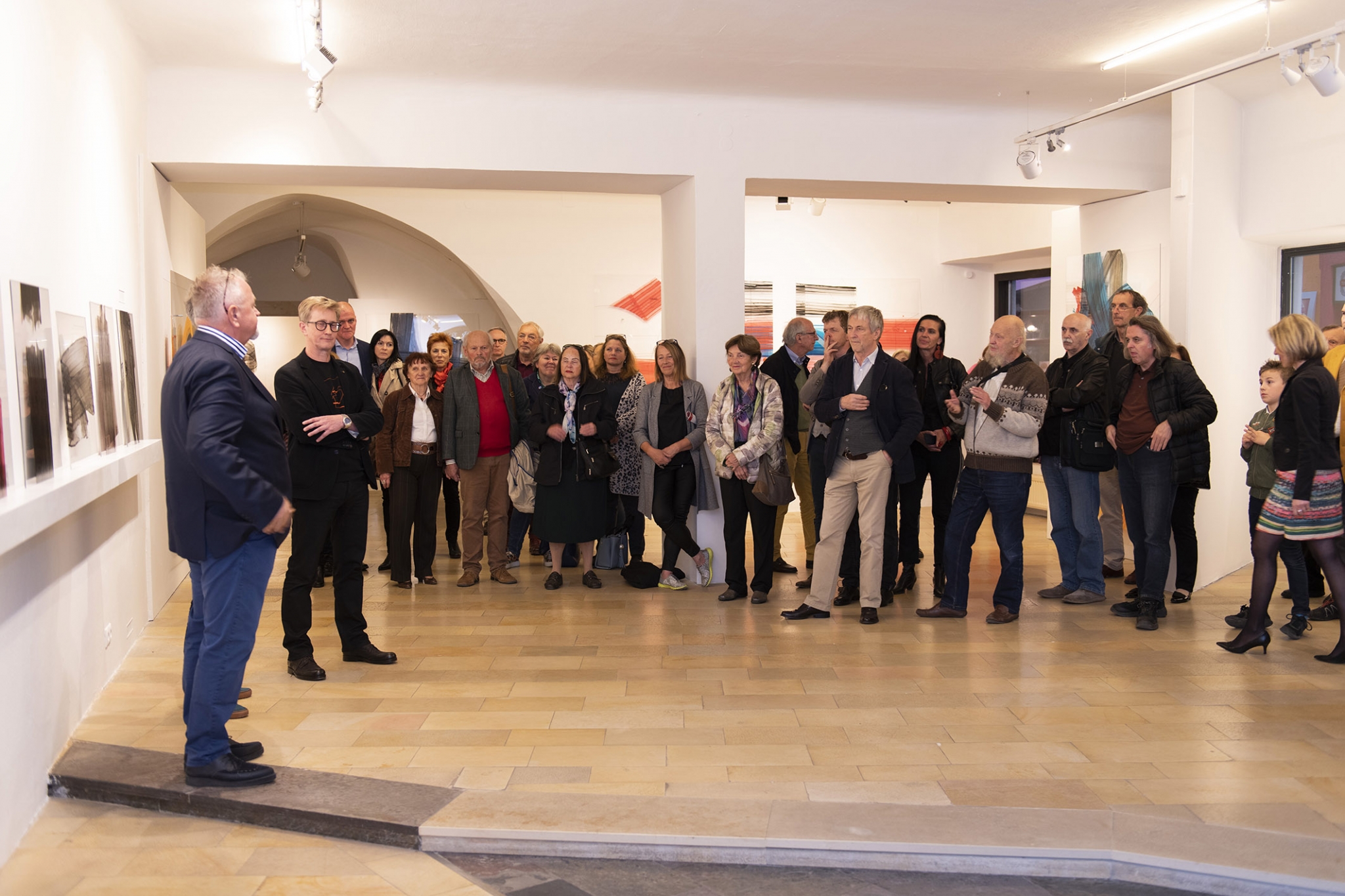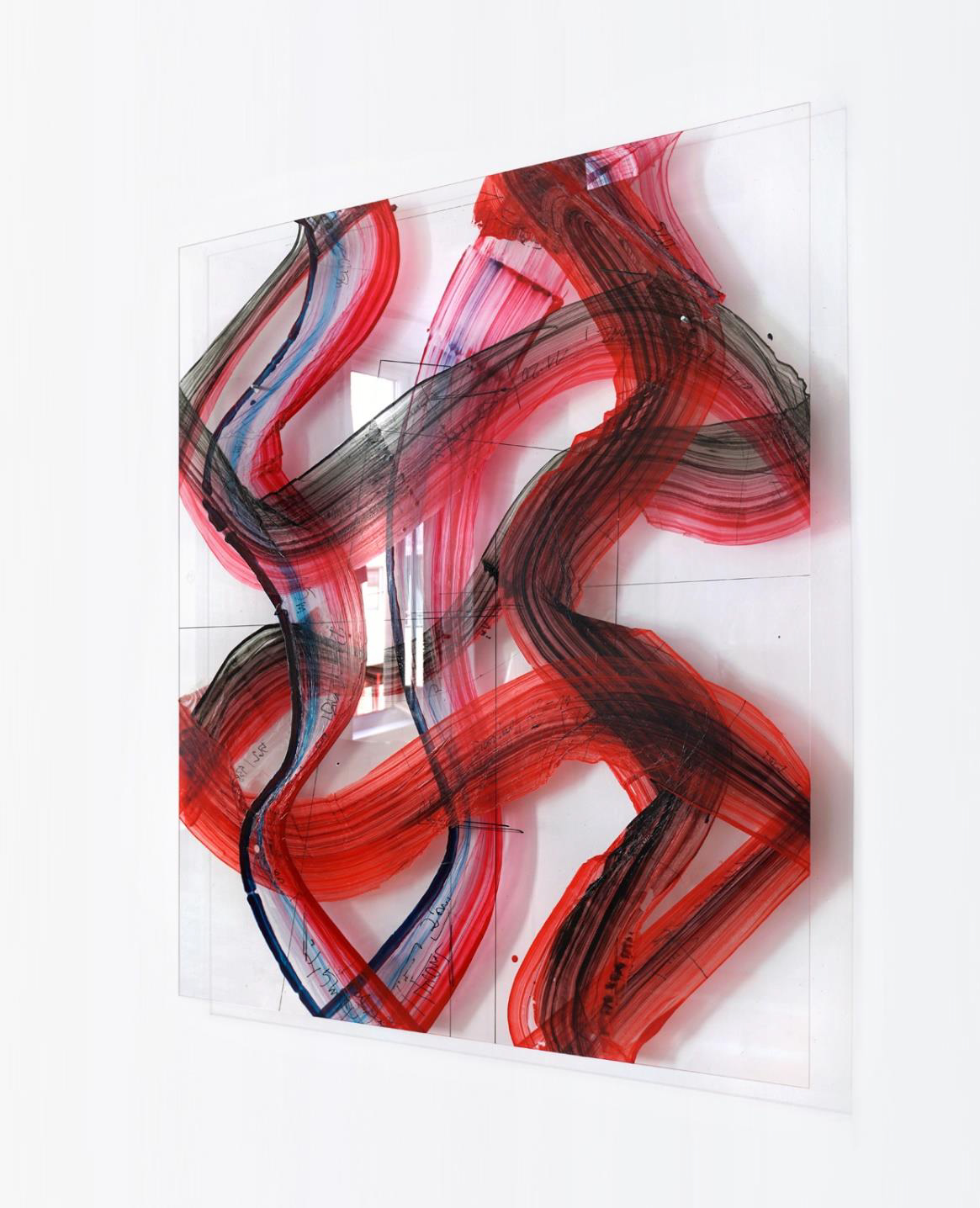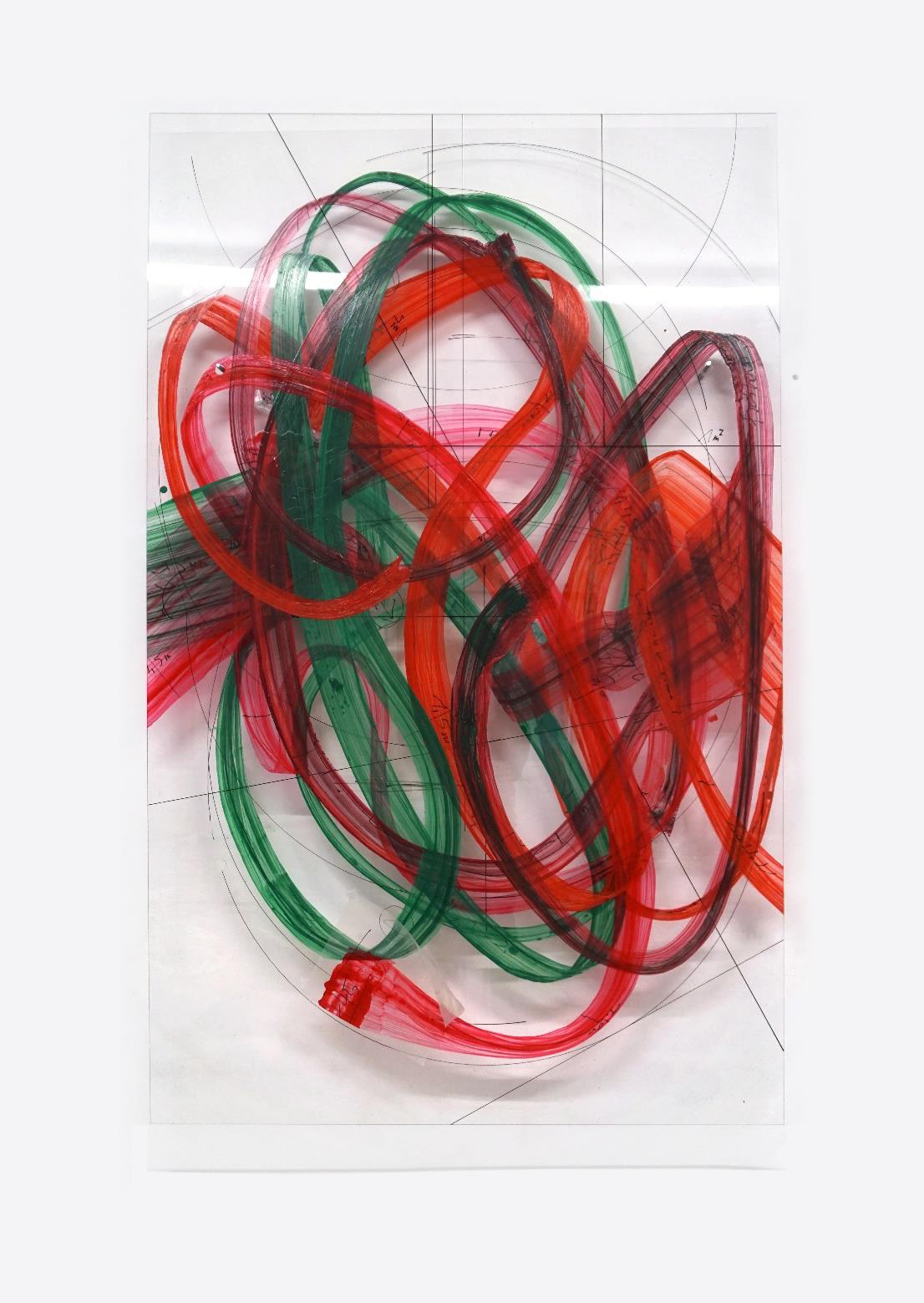OPENING Friday 17th of May 2019
7pm, Hauptplatz 6
Introduction: Günther Holler-Schuster
A central process within modern painting was the absolutisation of pictorial means and procedures. Although this level had previously operated with exclusively subordinate functions – in terms of depiction and illusion – there was a fundamental shift in the modern period. The focus was on colour, pictorial media, the paintbrush and even the artist himself, resulting in the formulation of entirely separate questions and new pictorial inventions. Paint and the brushstroke are no longer there to depict an object but become substantive content in themselves. Hence the brushstroke becomes the epitome of the pictorial as well as the origin of the performative – both at the same time. Colour no longer attempts to imitate reality, but becomes the matter at hand, the substance itself, in its own right.
Joseph Marsteurer’s work is complex. Picturesque as it may seem, it is defined by conceptual notions. Here, painting is an intellectual game with brushstrokes in variable states, flexible in arrangement, always new, always low-maintenance. Marsteurer uses an analytical approach to fathom the context of painting; he constantly reviews the methods and meanings that operate within it. In these works, it is not the picture which becomes visible on the surface of this style of painting, but rather a form of deconstruction in regard to the pictorial. Here, his artistic approach simulates the conventional form of a painting, avails itself of the brushstroke and chromatic effects, but ends up being a piece of plastic foil wrapped on plexiglass plates which hints at aspects of light and the application of layers. At the same time, these materials lead to a certain reality of things, of the industrial, of the everyday, of what is usually considered the unartistic.
“A non-aesthetic view is implicitly present in each object of aesthetic contemplation,” says Marsteurer. It is precisely in this area, where clear correlations are no longer possible, that this art is located. The object, three-dimensionality and thus also reality in general can no longer be readily depicted, for they constitute a direct part of the artistic act. Marsteurer conducts a precise analysis and answers the question of painting and its significance for the present in a very impressive way. Since his work is extremely diverse, we only get to see a brief selection in this exhibition. The Vienna-based artist, who has already appeared in Graz on the occasion of various exhibitions, can no doubt be regarded as one of those researcher-painters who are so characteristic of current developments within the medium. Painting is arguably the most classical discipline within the visual arts that continues to incite the greatest discussion and postulation of theories. The difficulty and effort to live up to it today, as one can see, bears the most amazing and beautiful fruit.
Günther Holler-Schuster
